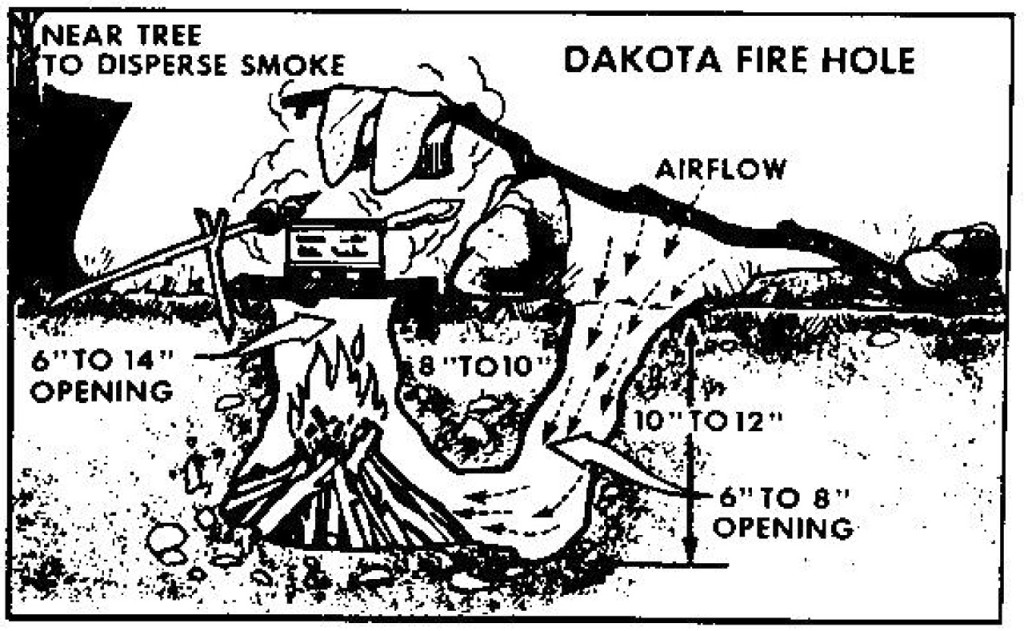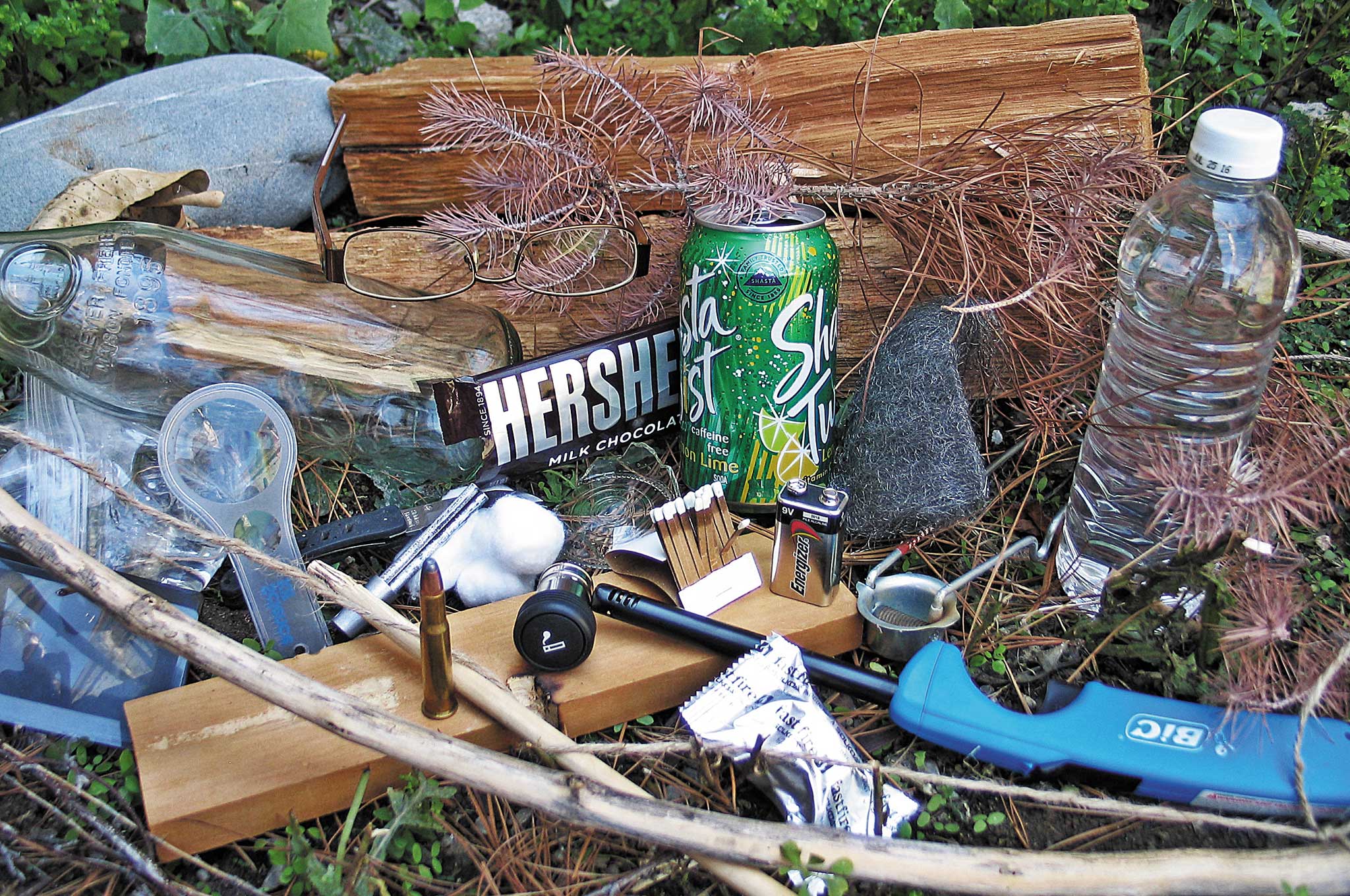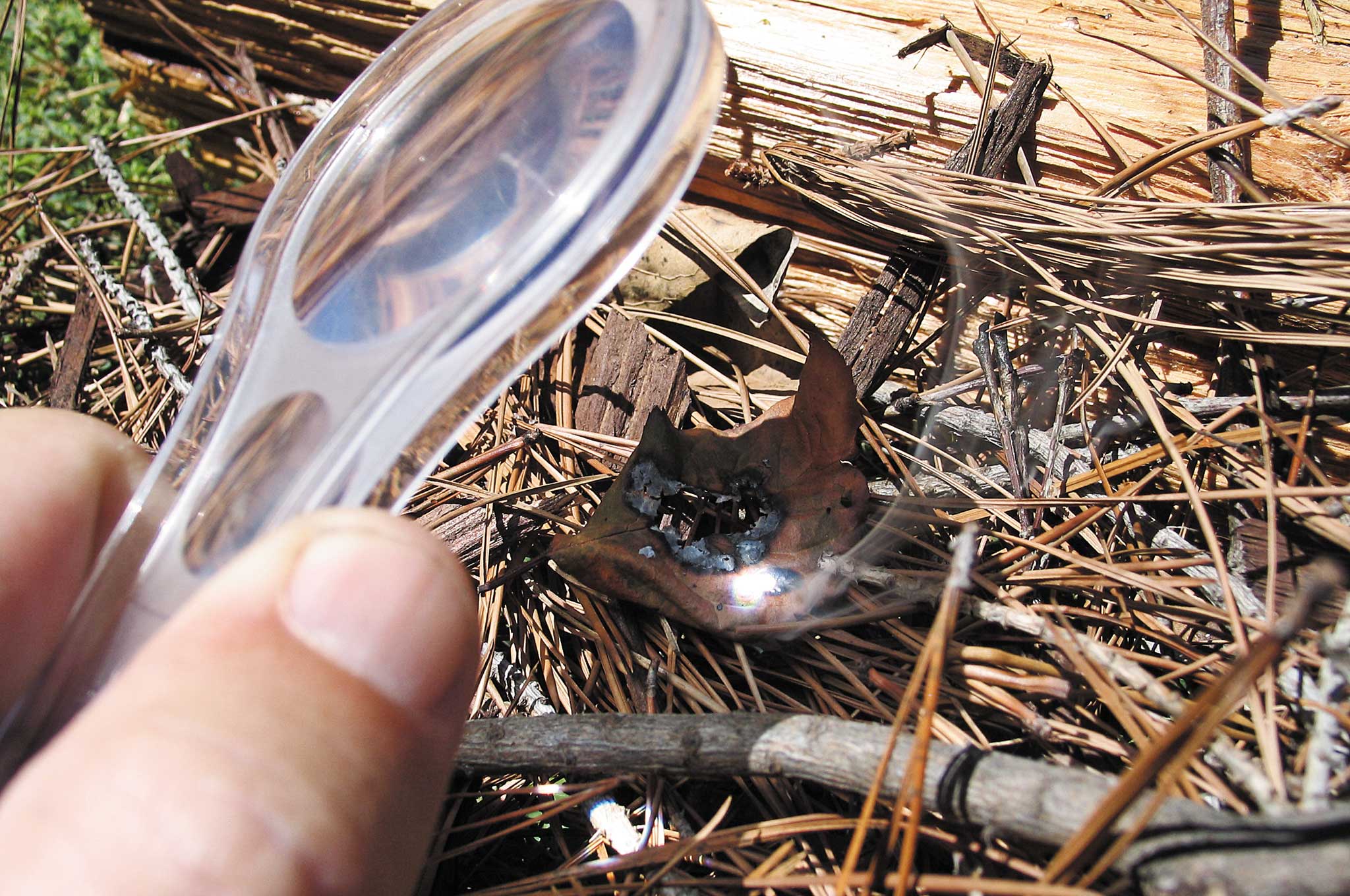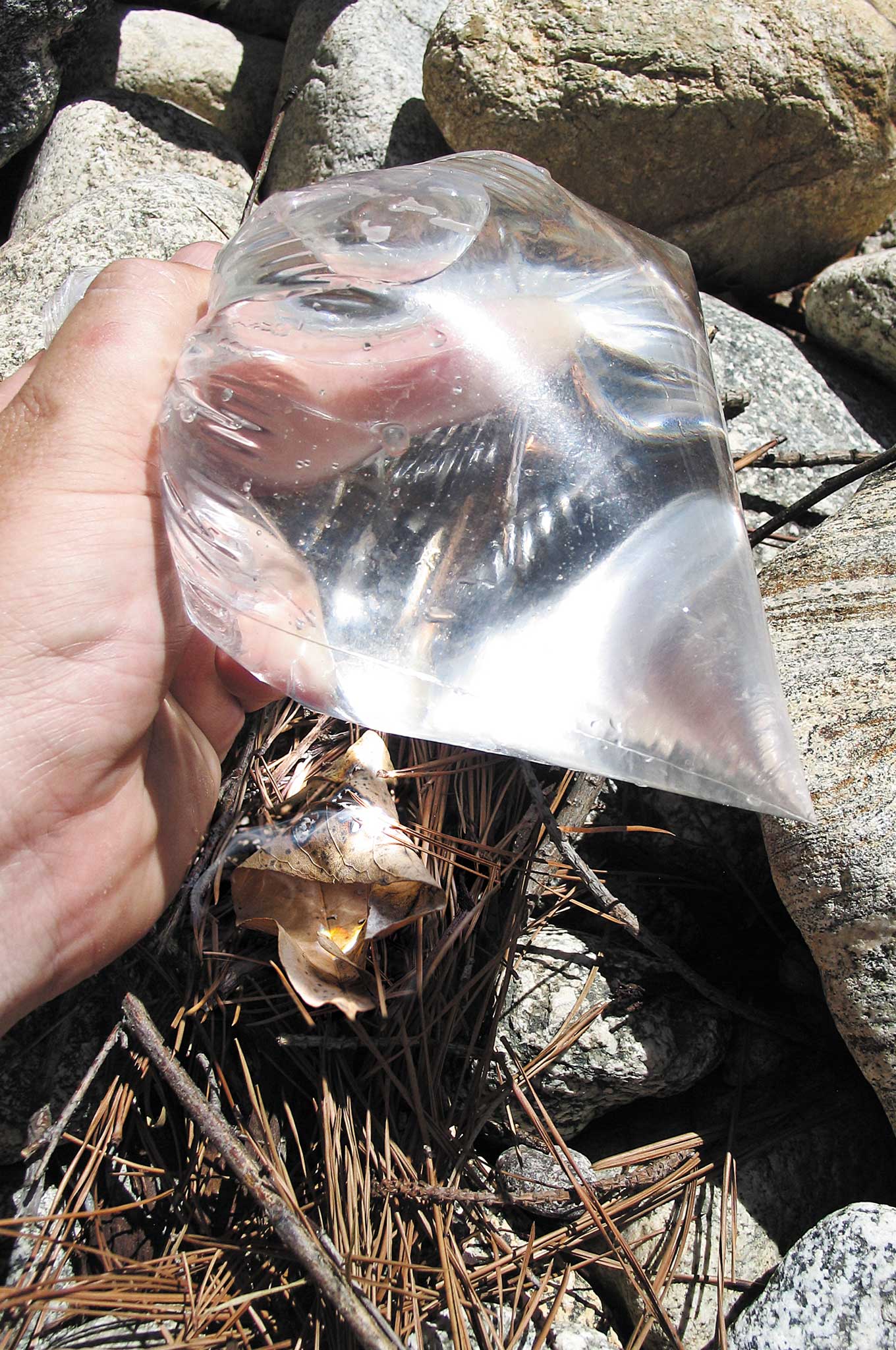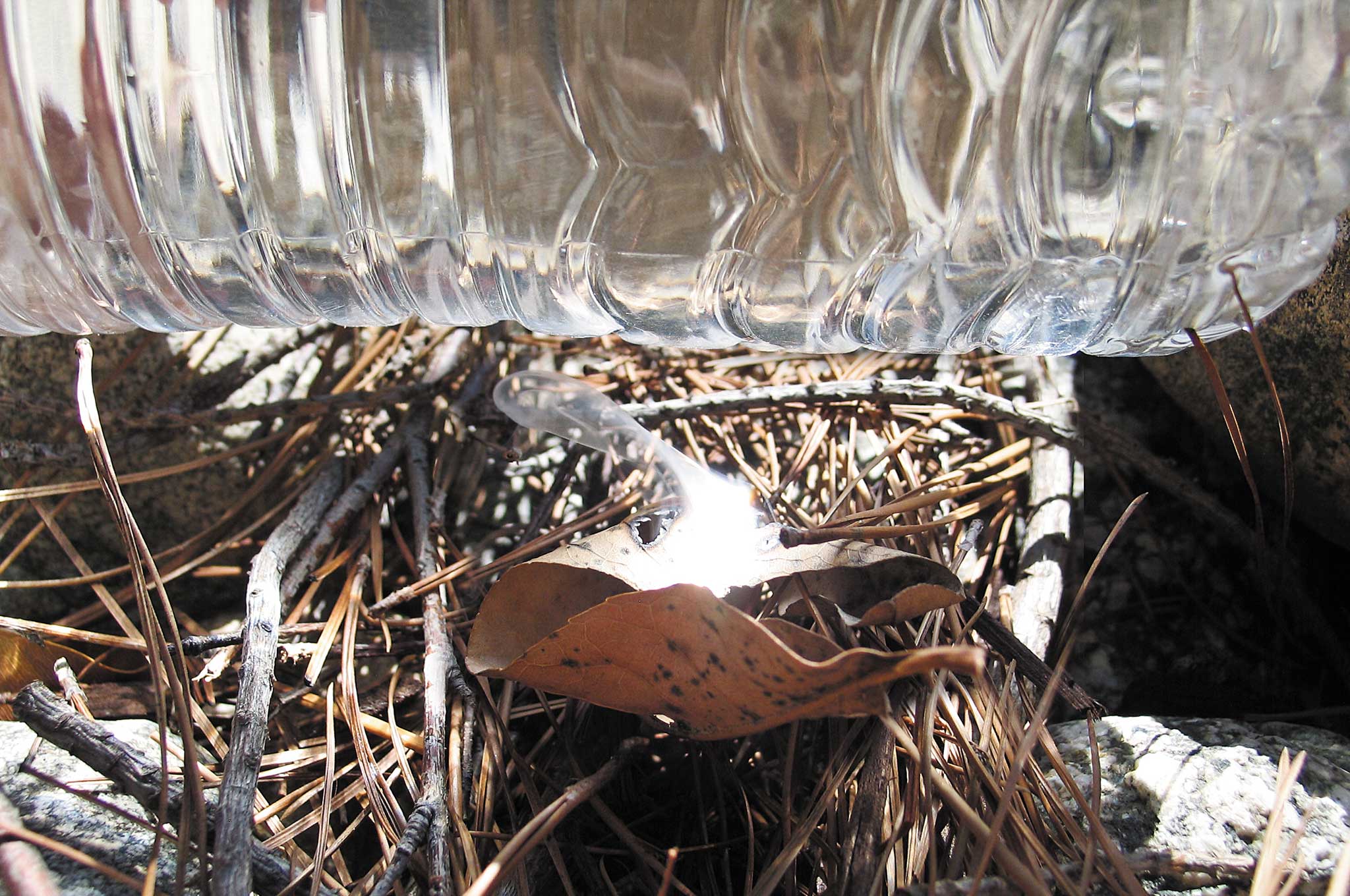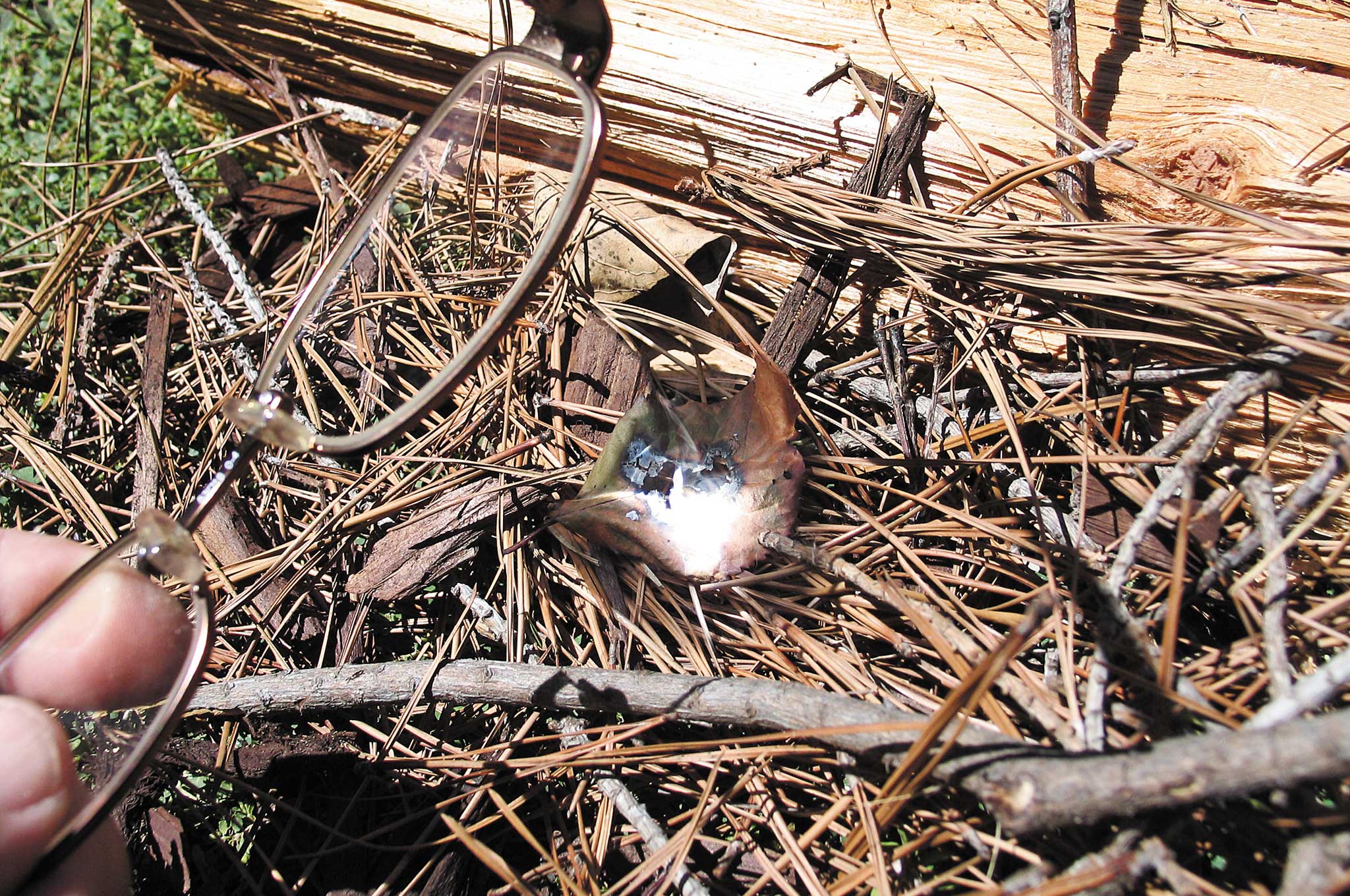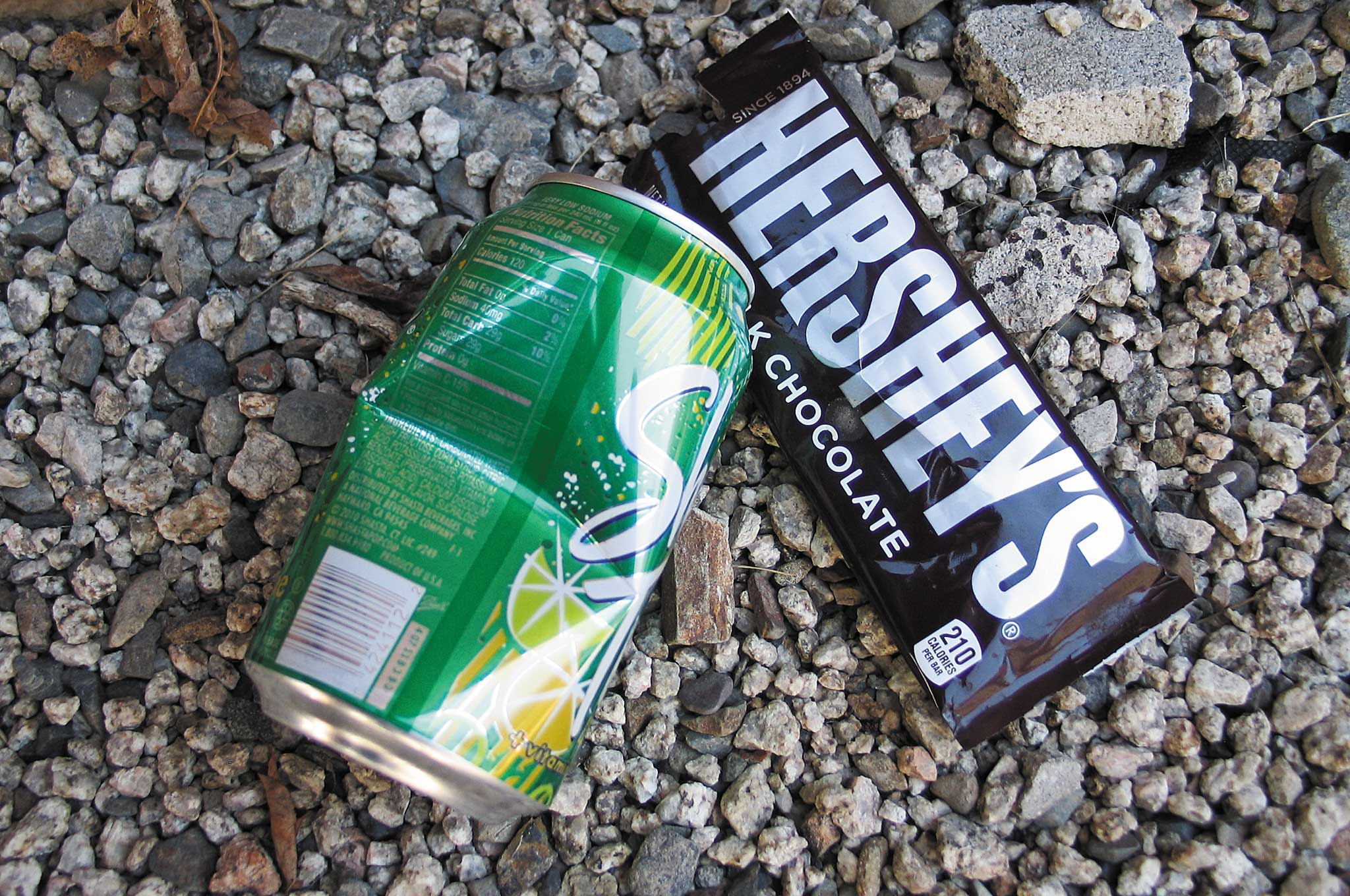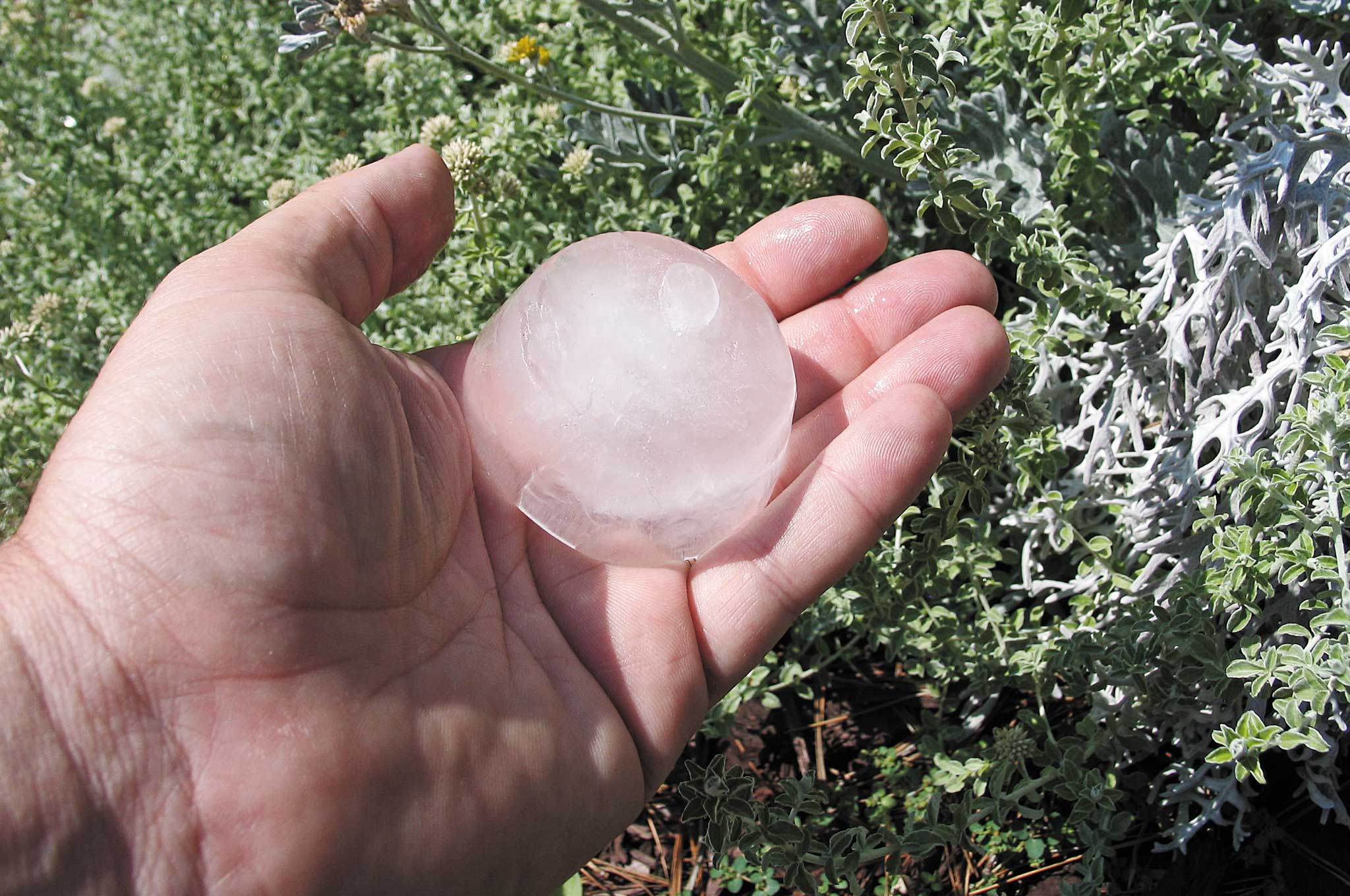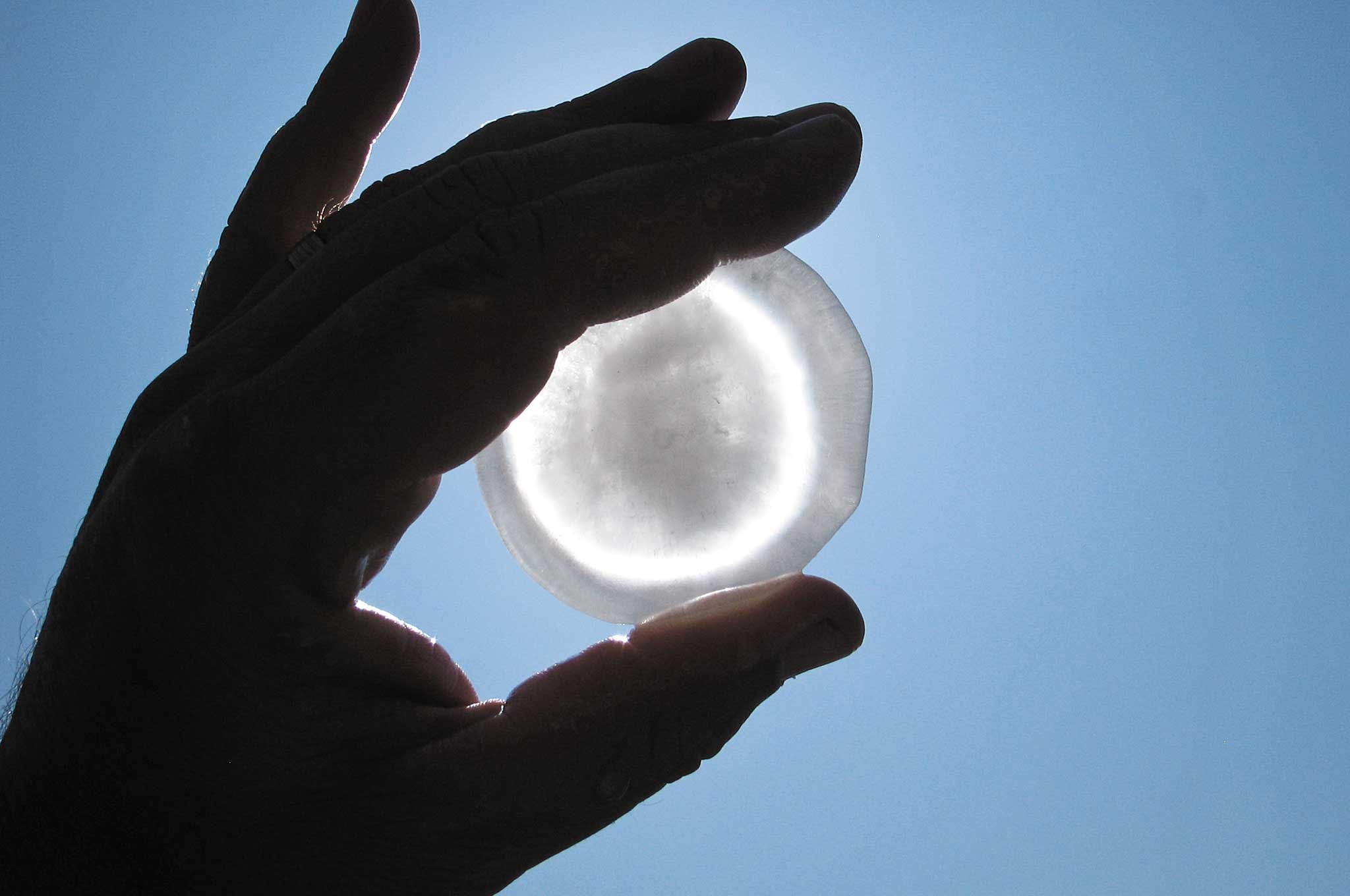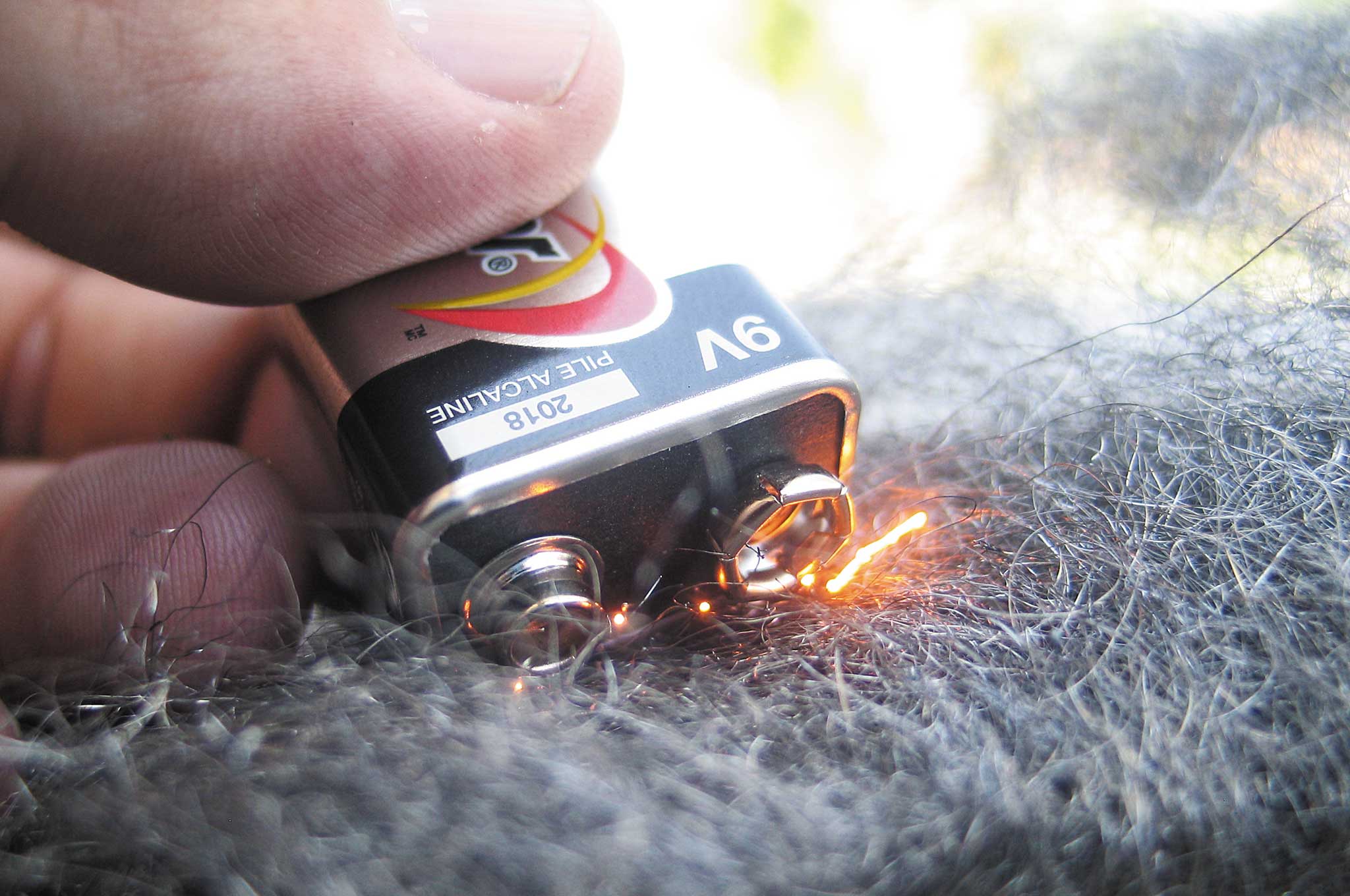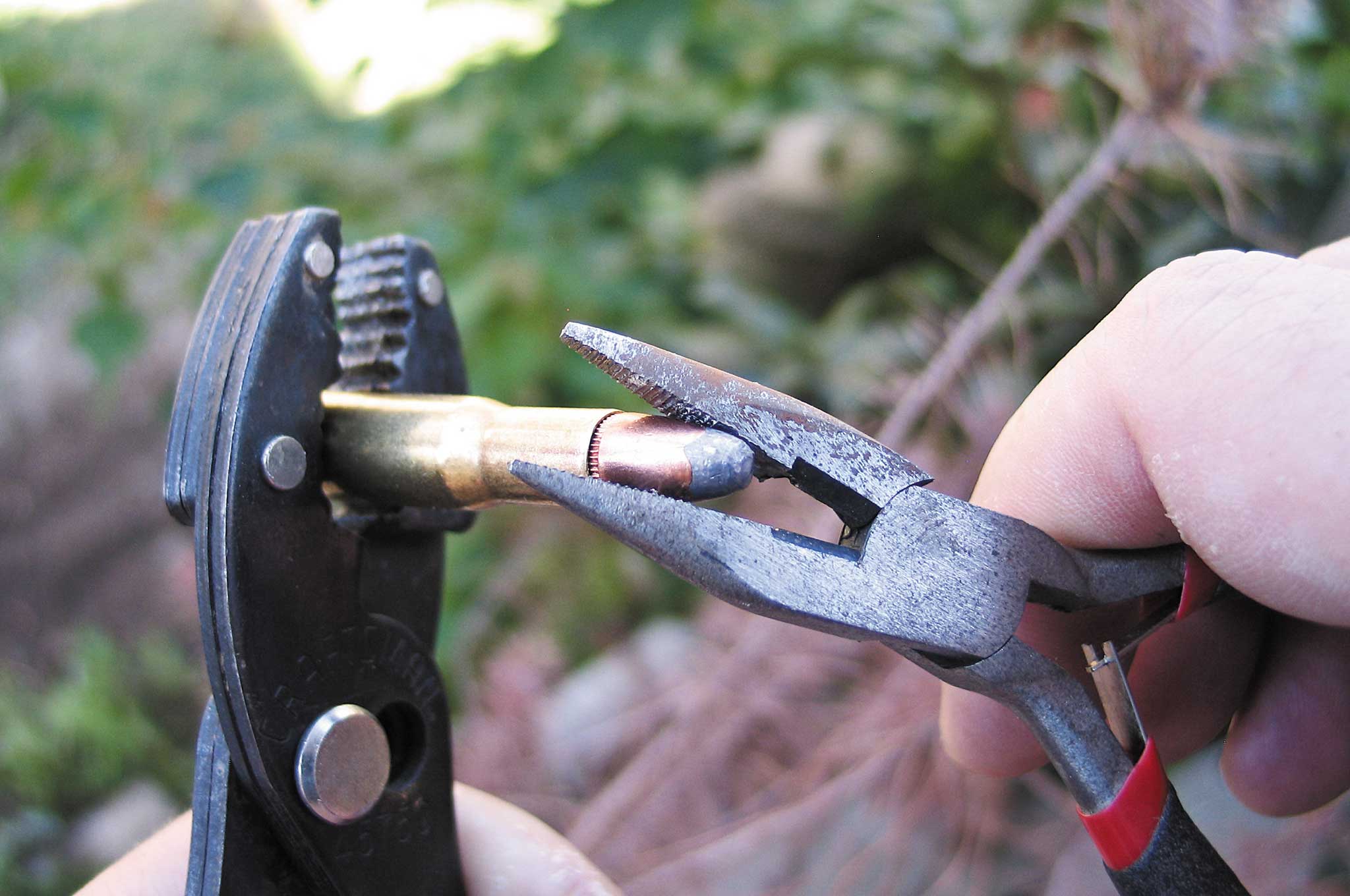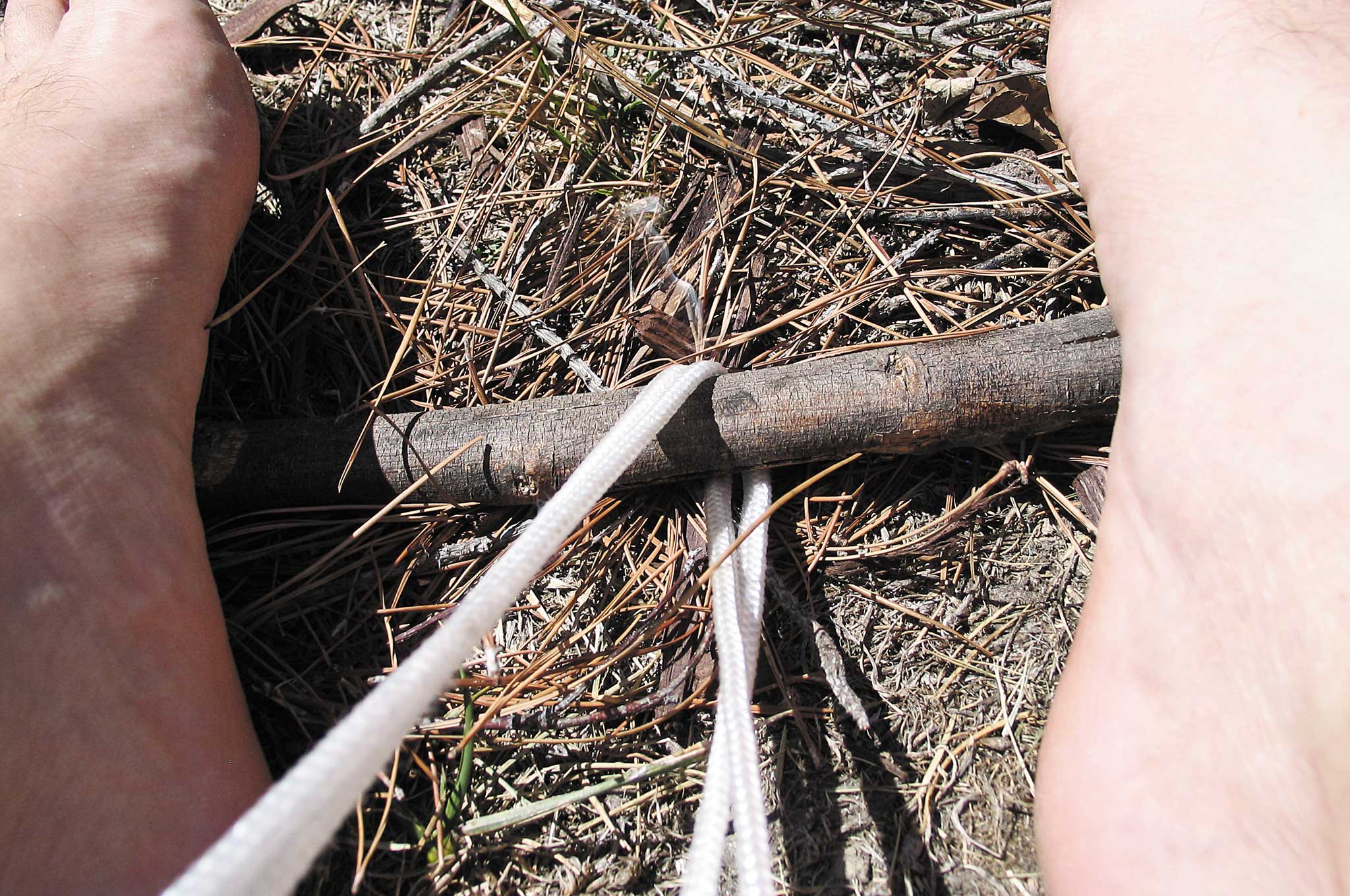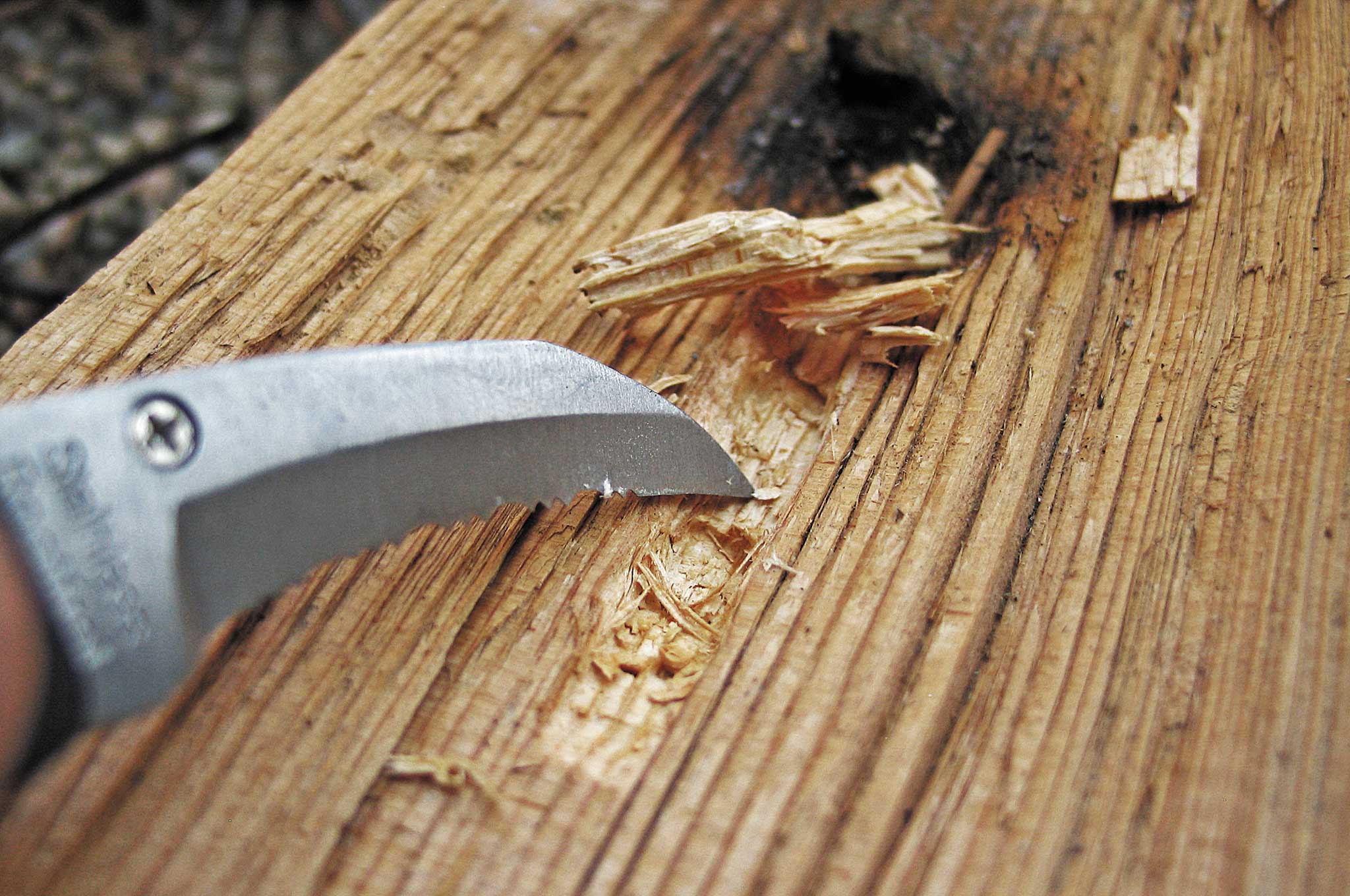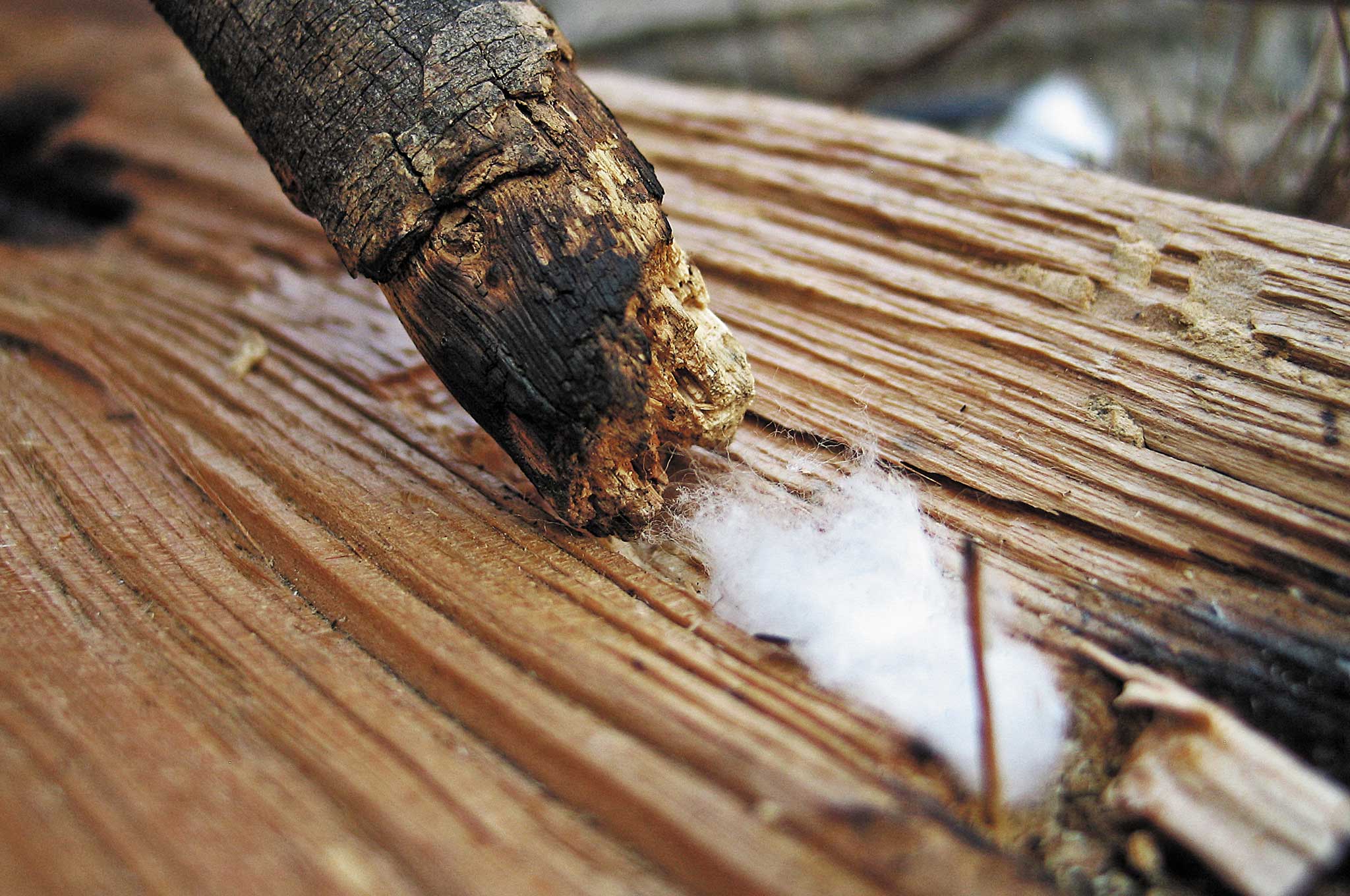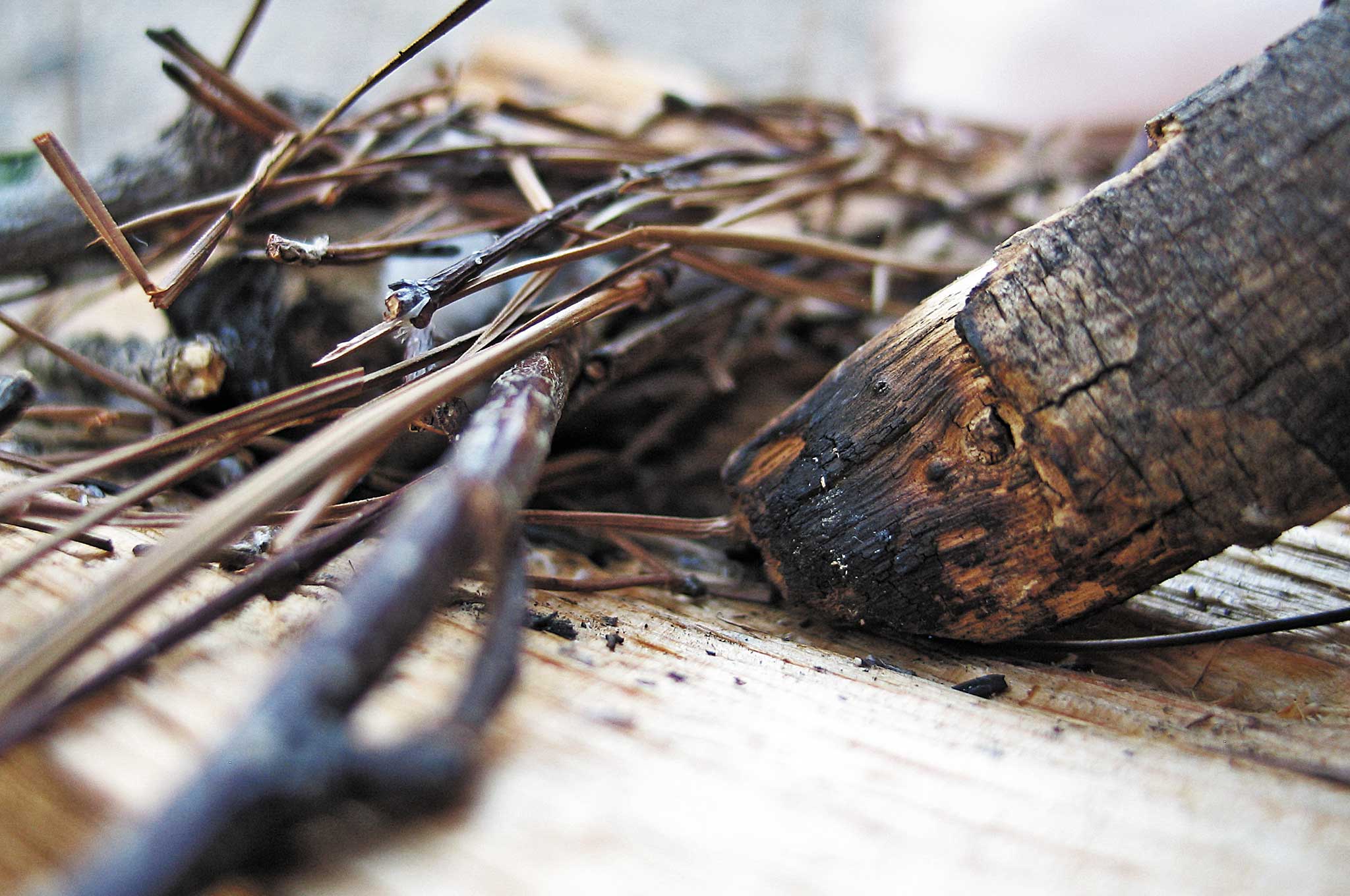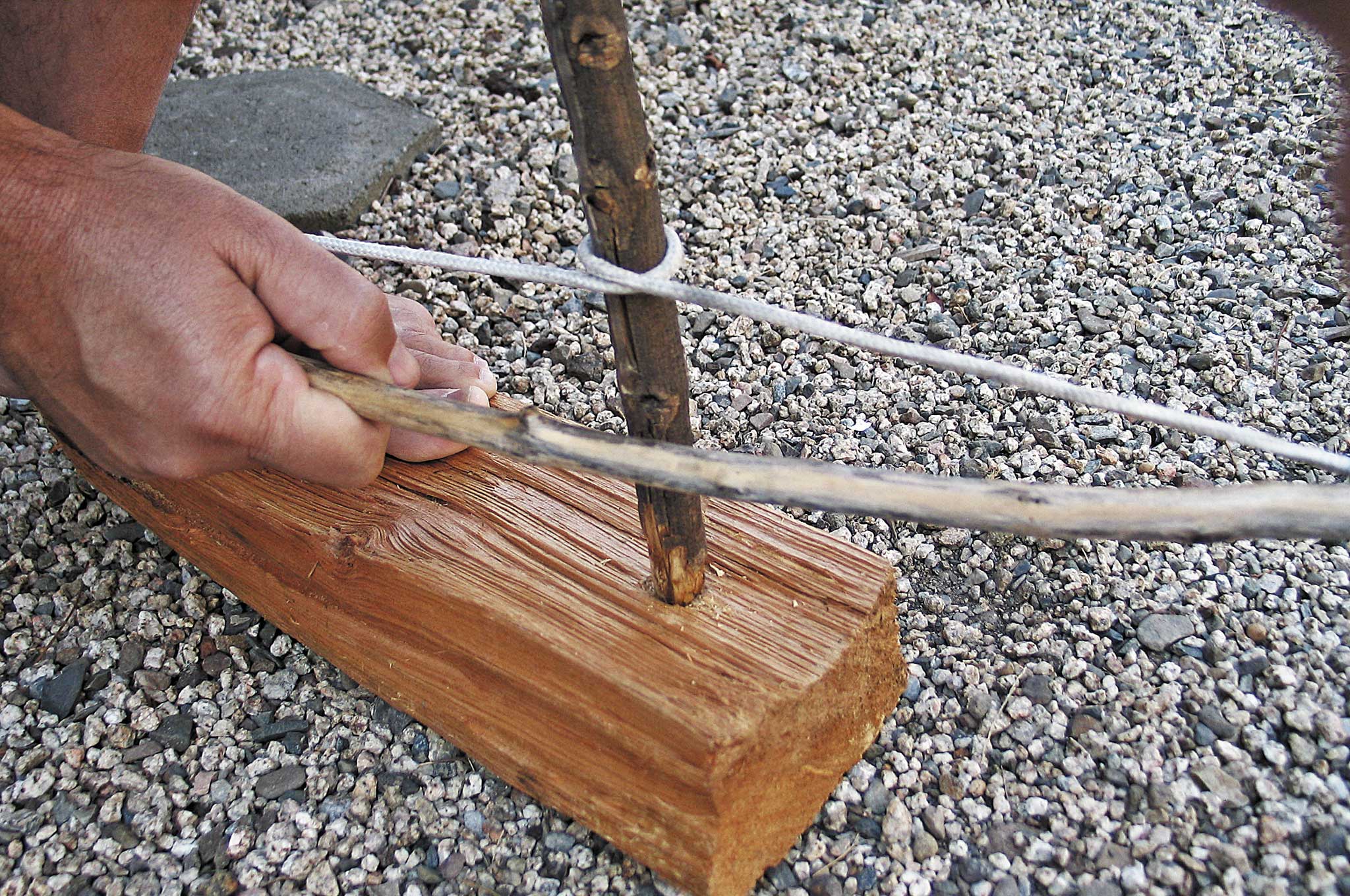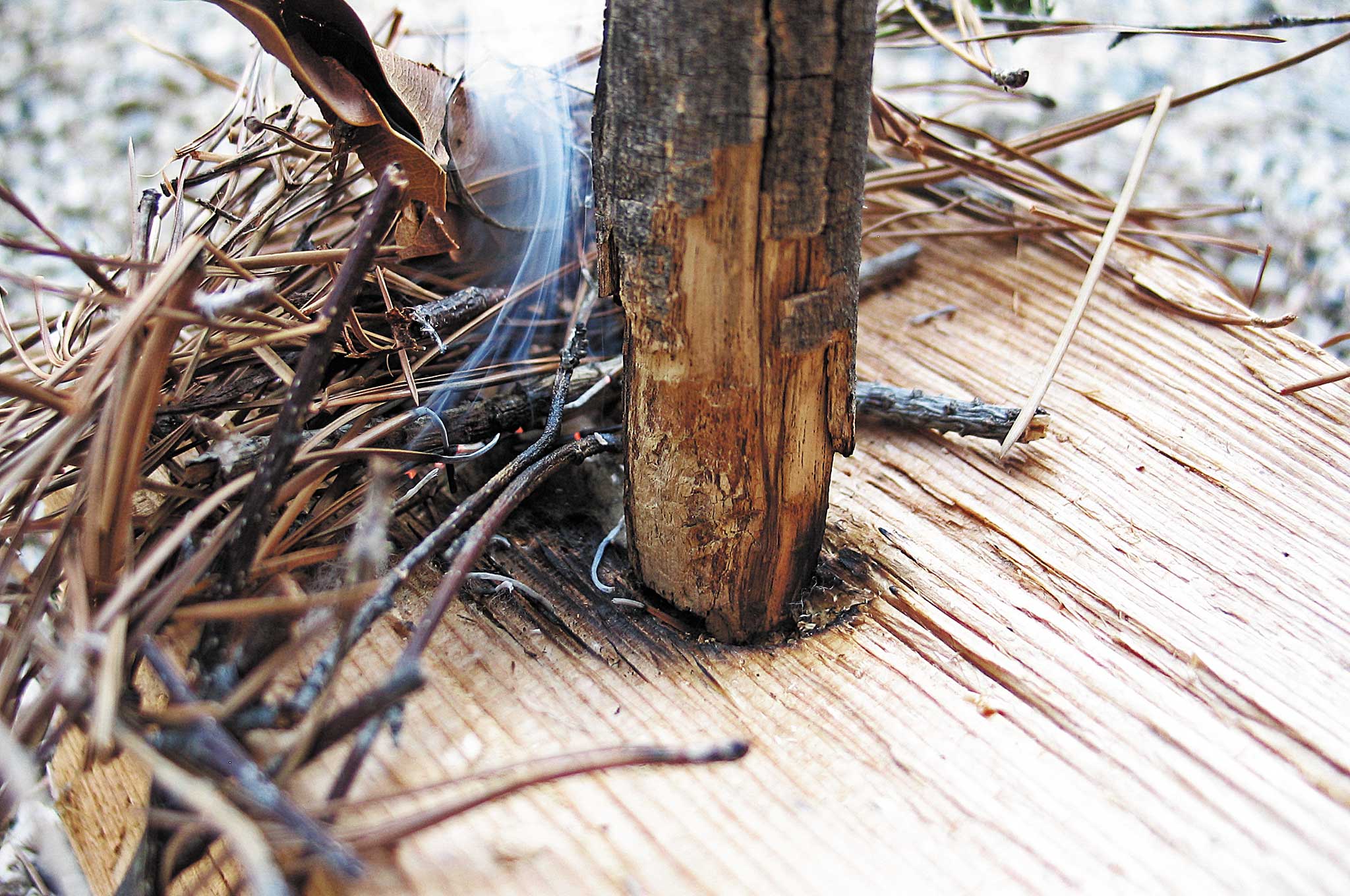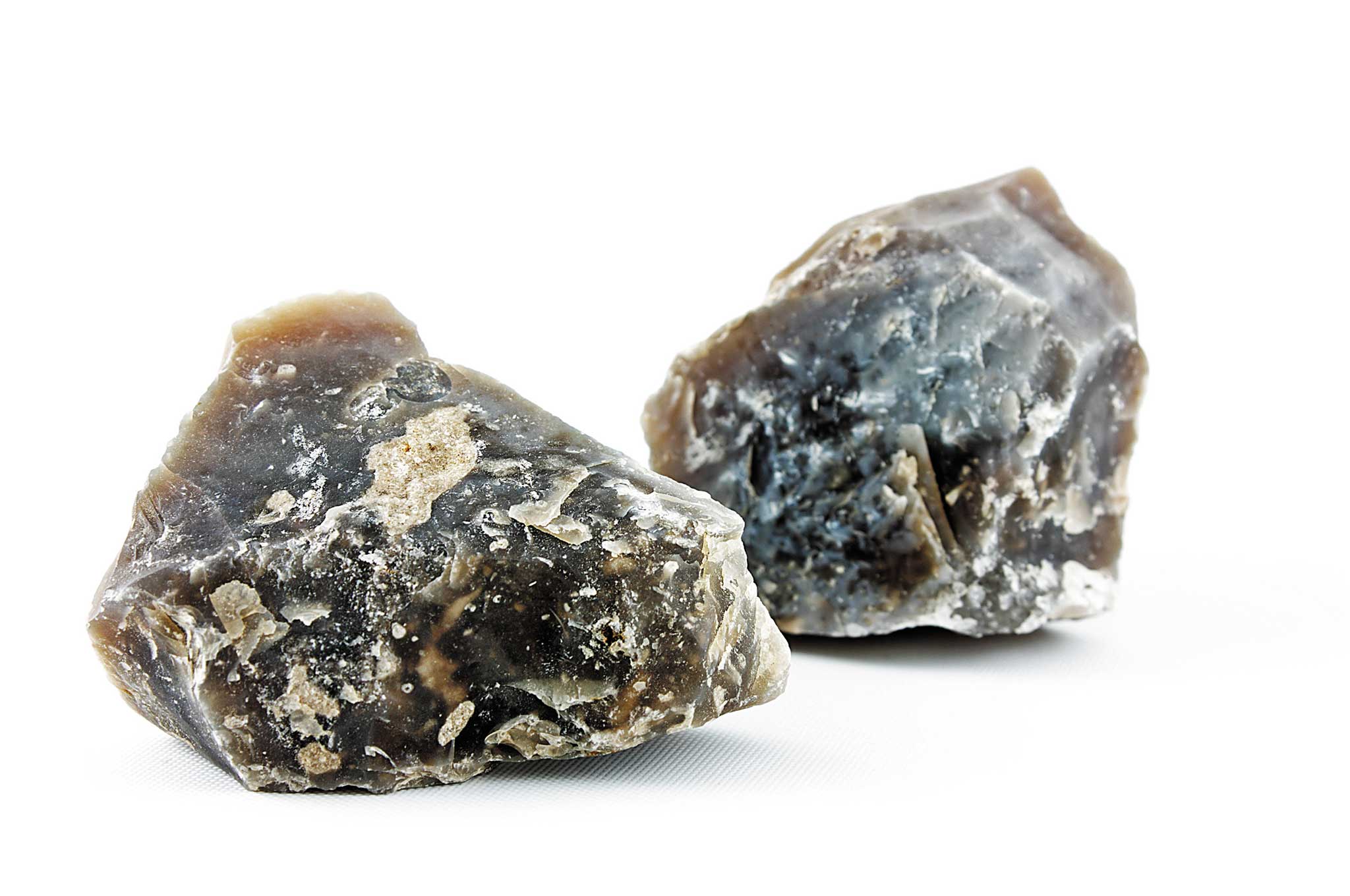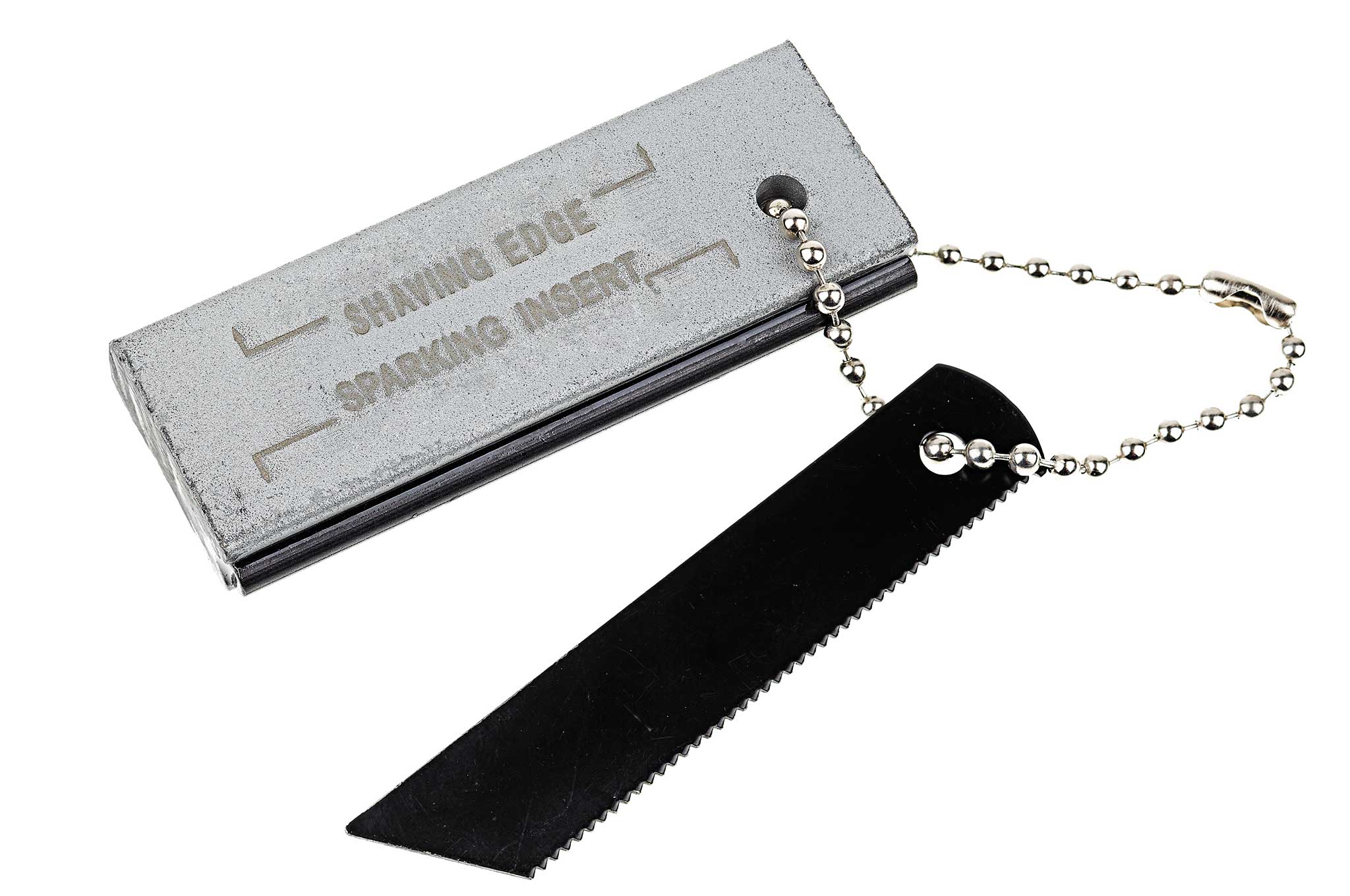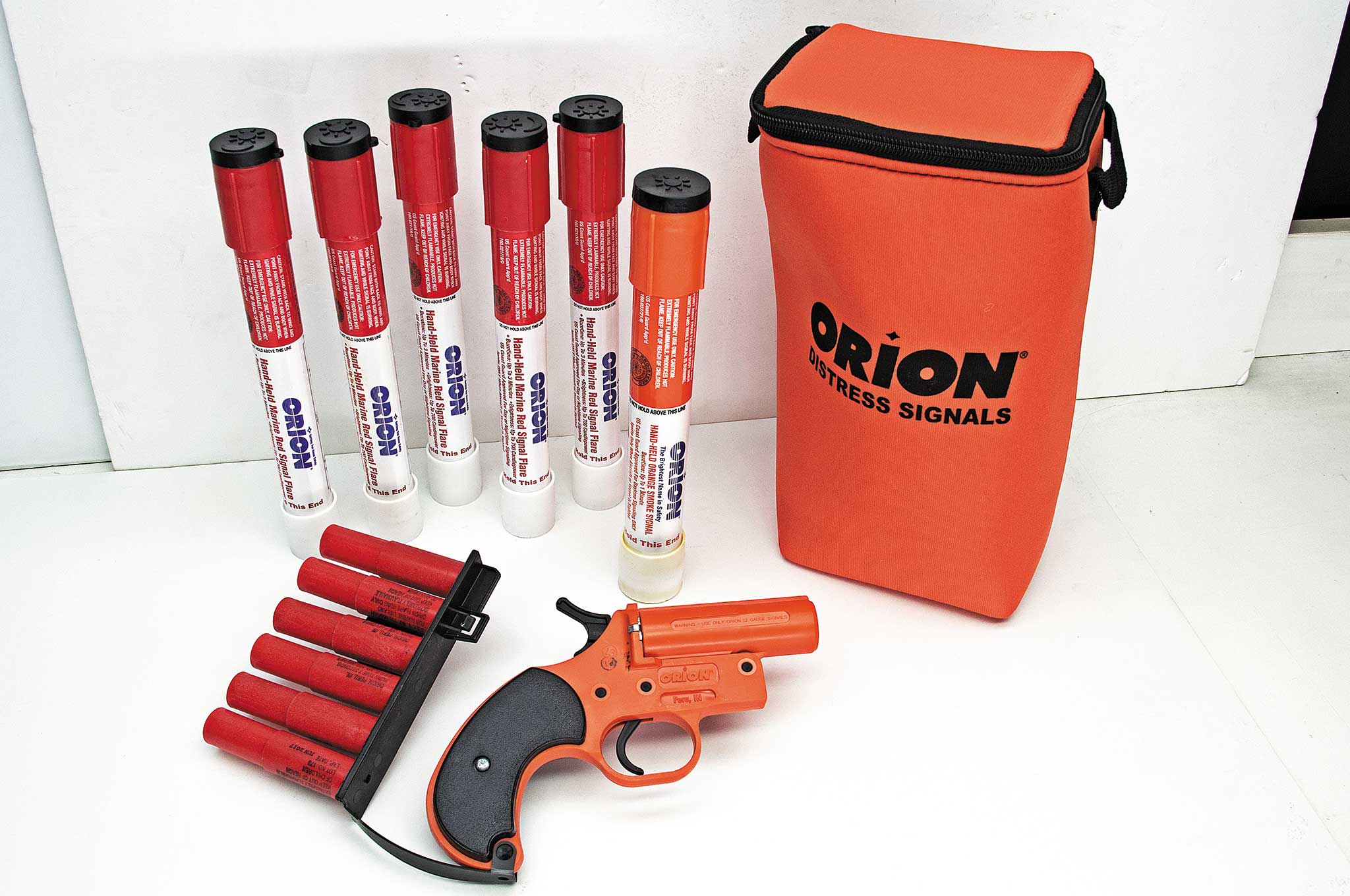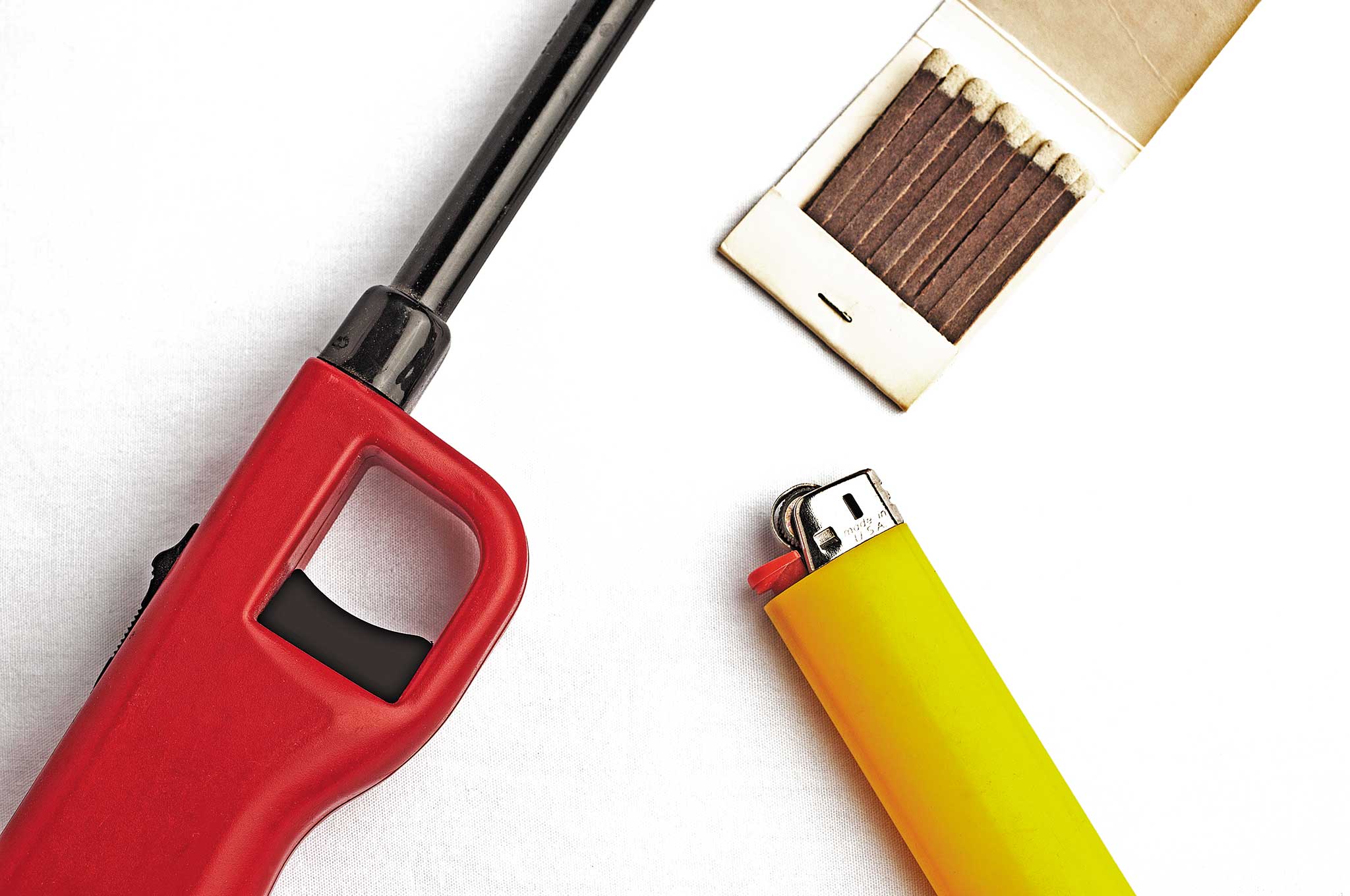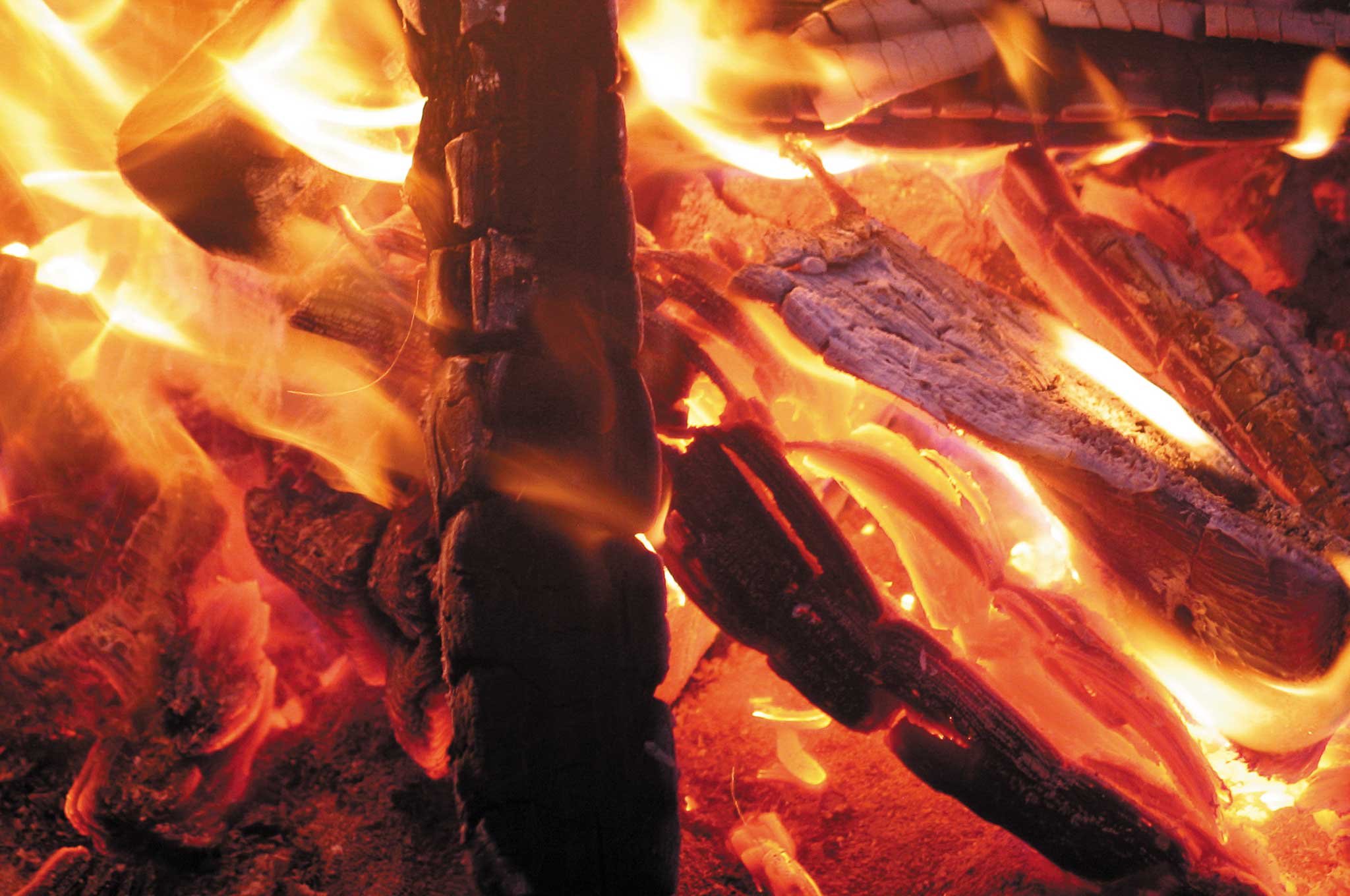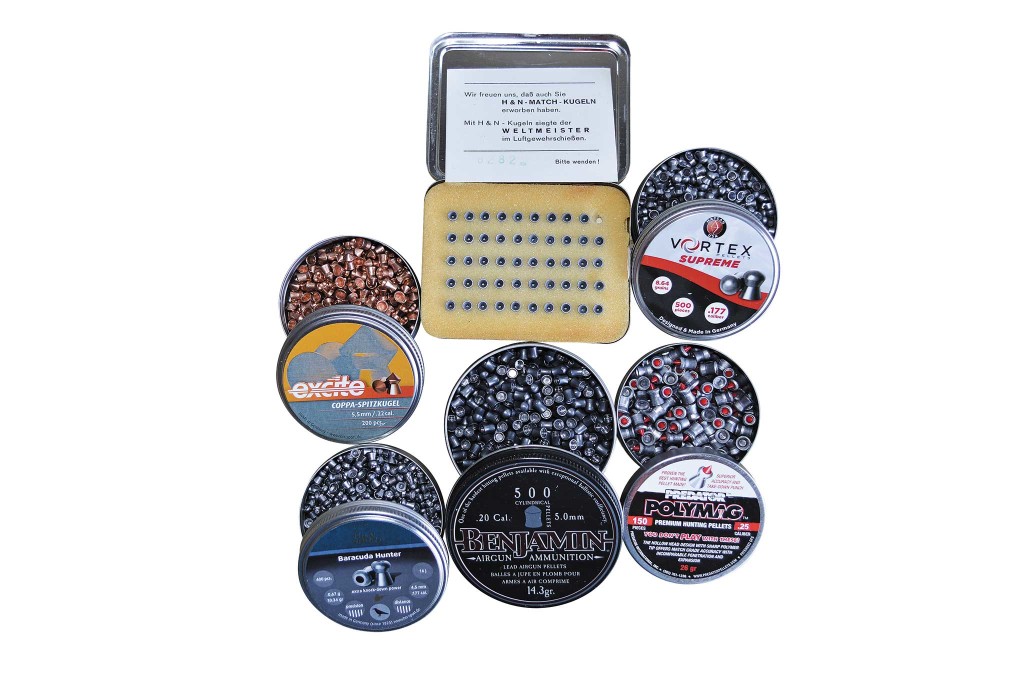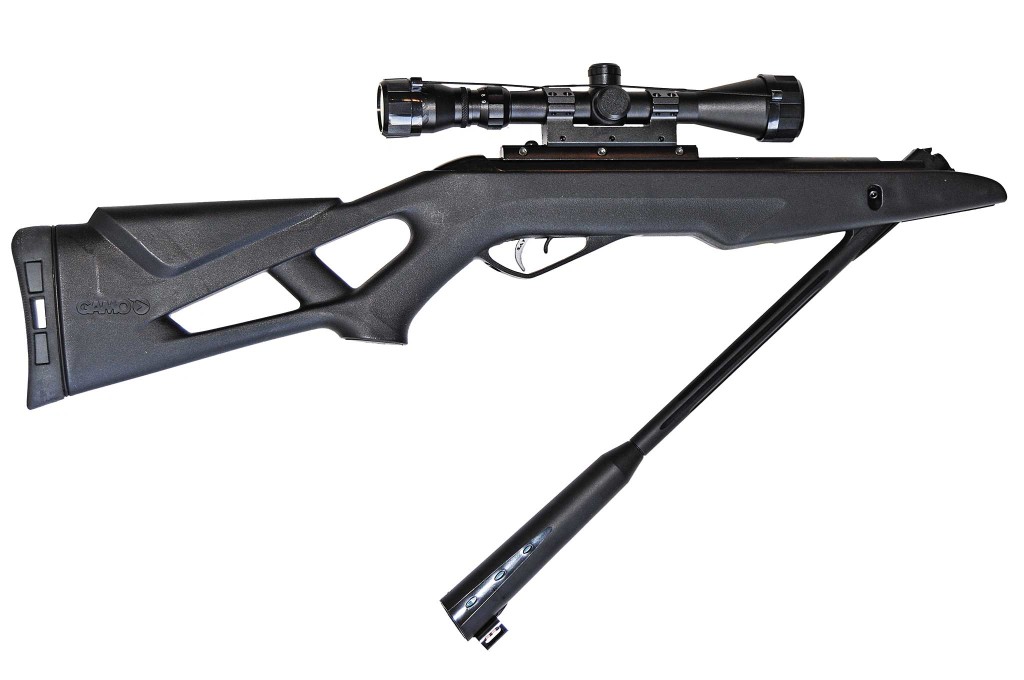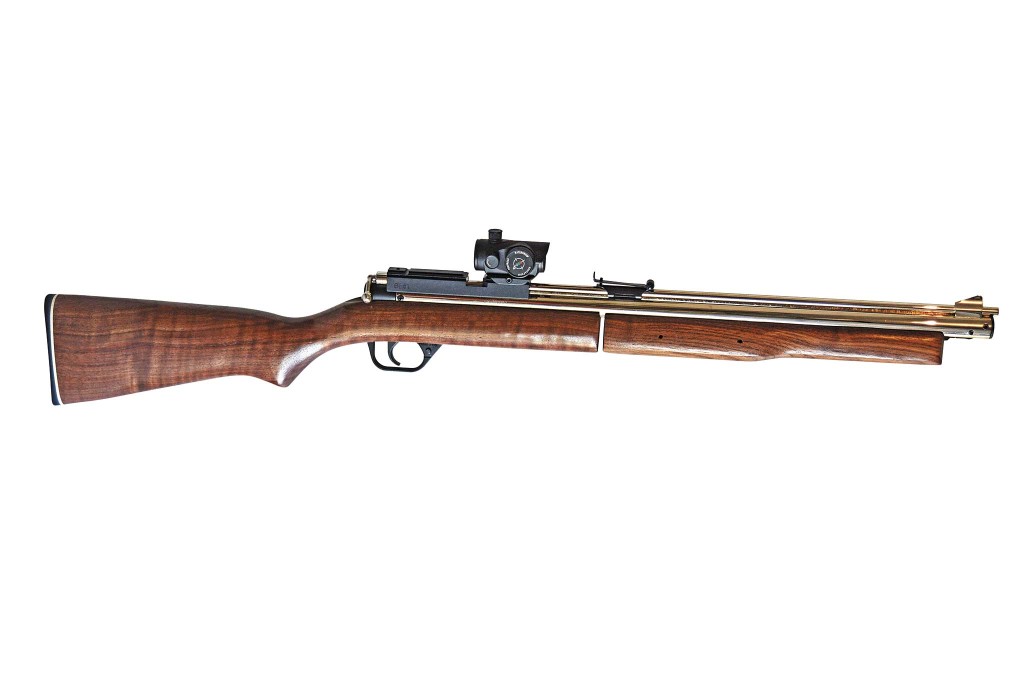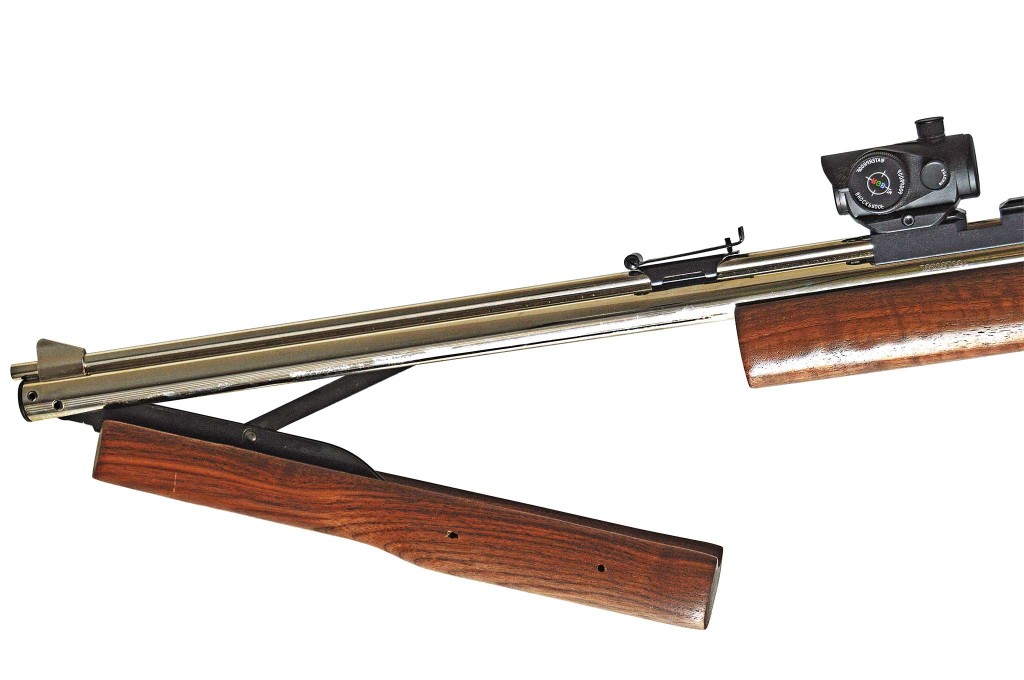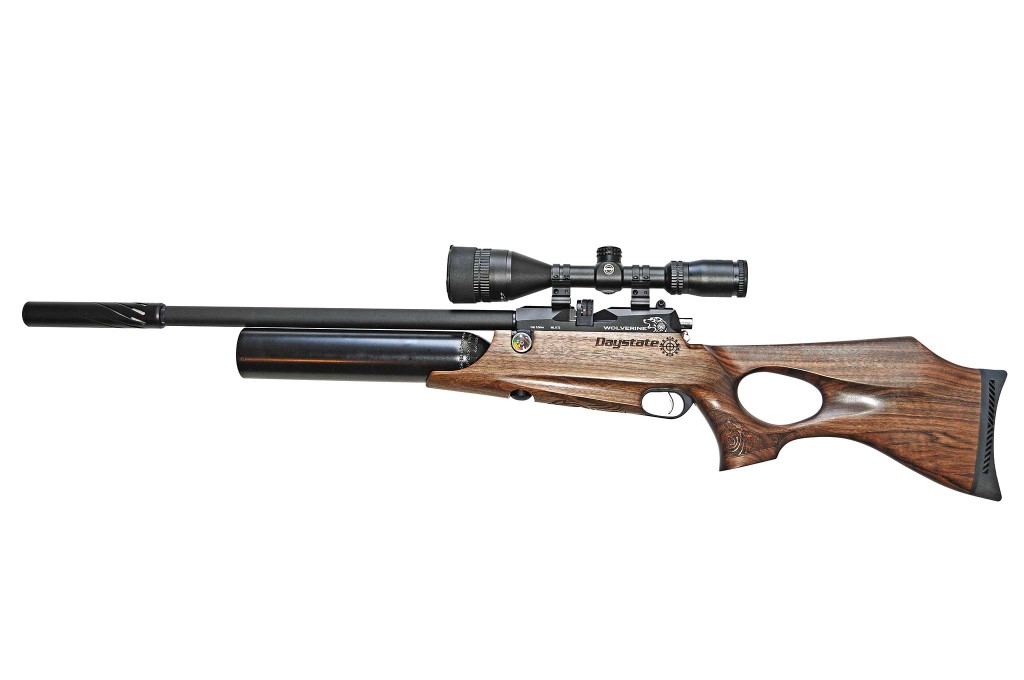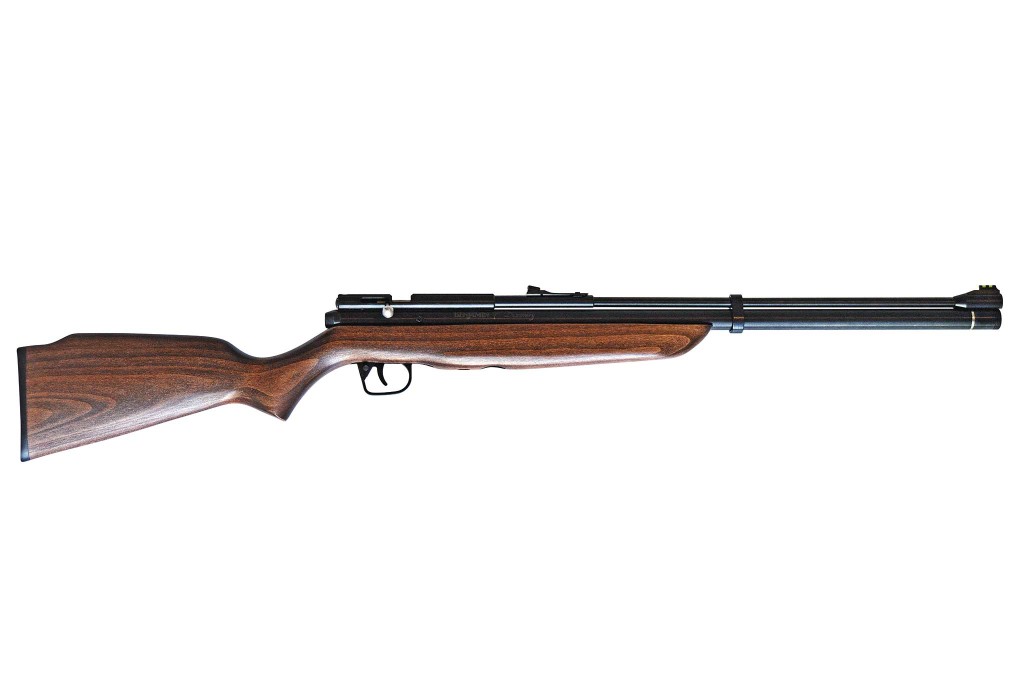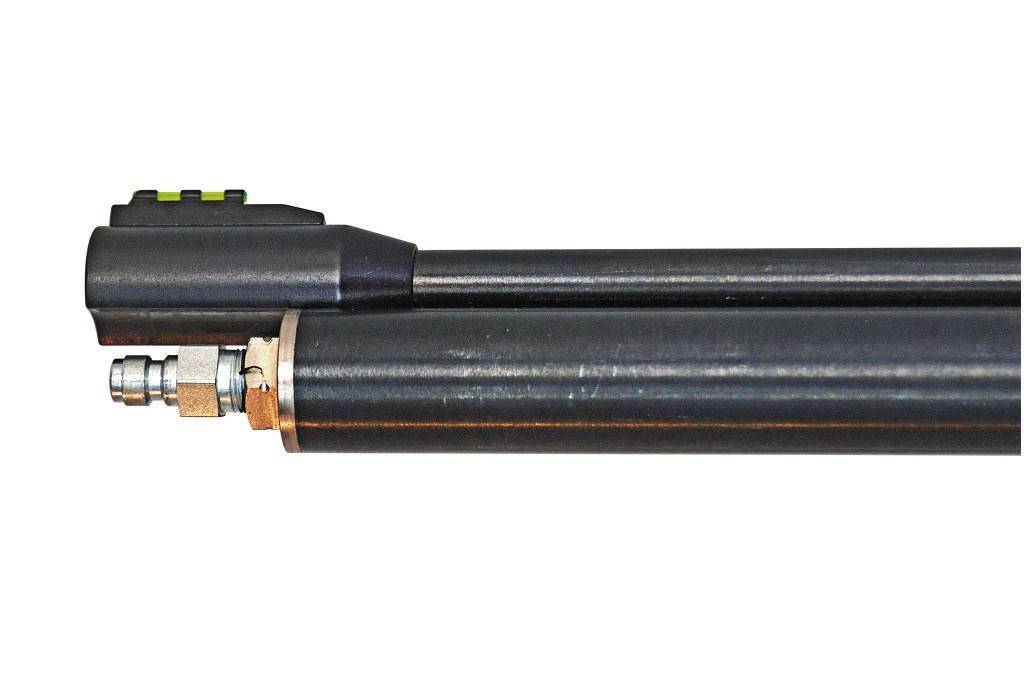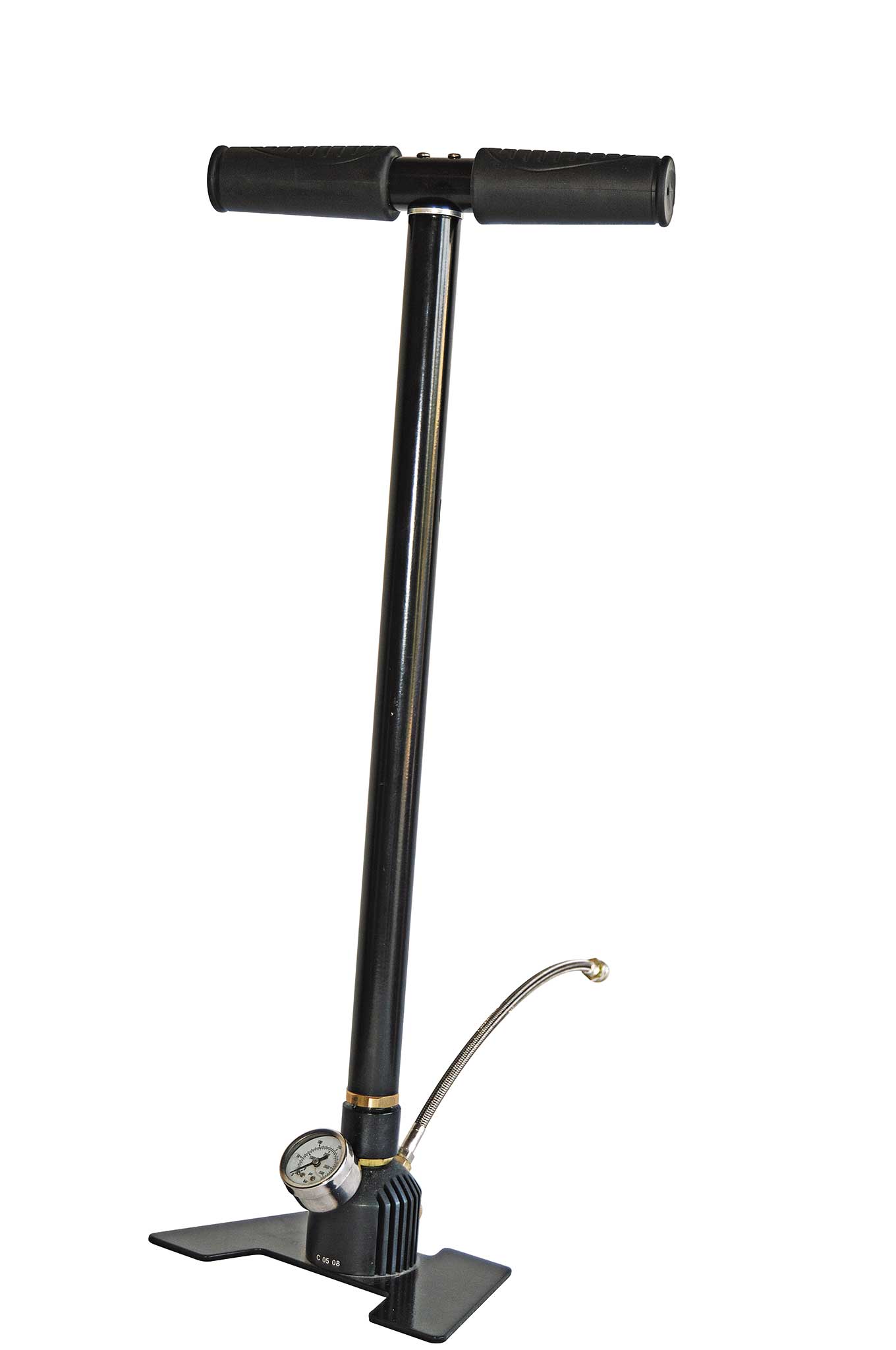Come hell or high water, your best bet for slipping past urban threats with that 90-pound bug-out pack might just be a bug-out ‘yak (BOY). Swift and wickedly silent, these low-signature kayaks are capable of carrying you plus your weight's worth in gear for days, all while vanishing without a trace. If you're not practicing your escaping or scouting with these shallow running craft, then your foolproof evacuation route is already landlocked — and for allowing that planning blind spot, fellow traveler, you deserve a good paddling.
Paddled solo, in tandem, or possibly strung together like a caravan of pack mules, BOYs bridge the water-surface mobility gap, serving as your conduit to safety when vehicles halt and roadways are impassable. To paraphrase an old saying, do not get caught up SHTF creek without a paddle.
Unlike larger craft (see OFFGRID's Summer 2014 issue for more on water vessels), the ‘yak is man portable, capable of launching over rocks or a sea wall — especially with portage wheels (think two-wheeled dolly). No fossil fuels needed, and no engine to flood. No batteries, license, insurance, or registration. And there are few if any moving parts to maintain or corrode. Your BOY may be pre-staged at your home and camp, or strapped to your roof rack and locked with a bicycle cable, a torpedo-shaped plastic storage pod packed with gear below deck. A kayak can lead to a limitless source of drinking water, help you identify or scout for potential dangers, and be used for fishing or food gathering.
Types of ‘Yaks
The recent BOY concept springs from the national explosion in recreational kayaking. These tough, accessible, and affordable reinforced polyethylene boats range from 12 to 16 feet or so. They're suitable for all ages, abilities, and family members. Recreational kayaks are generally divided into two styles: “sit-inside” open cockpit and “sit-on-top” seats that are molded into a decked or closed hull. Both have built-in floatation and some storage.
Our preference is the sit-on-tops by Confluence Outdoors with a fully enclosed deck, camo colors, and gasket-sealed storage hatches. When equipped with a flip-down rudder system, the foot pedals become our steering mechanism, helping the kayak track and preventing us from wasting energy on corrective paddle strokes while heading into the wind or the current. Gunwale rail system fittings hold adjustable tie-downs for customizing locations of additional dry storage bags, fishing-rod holders, anchor lines, and electronics.
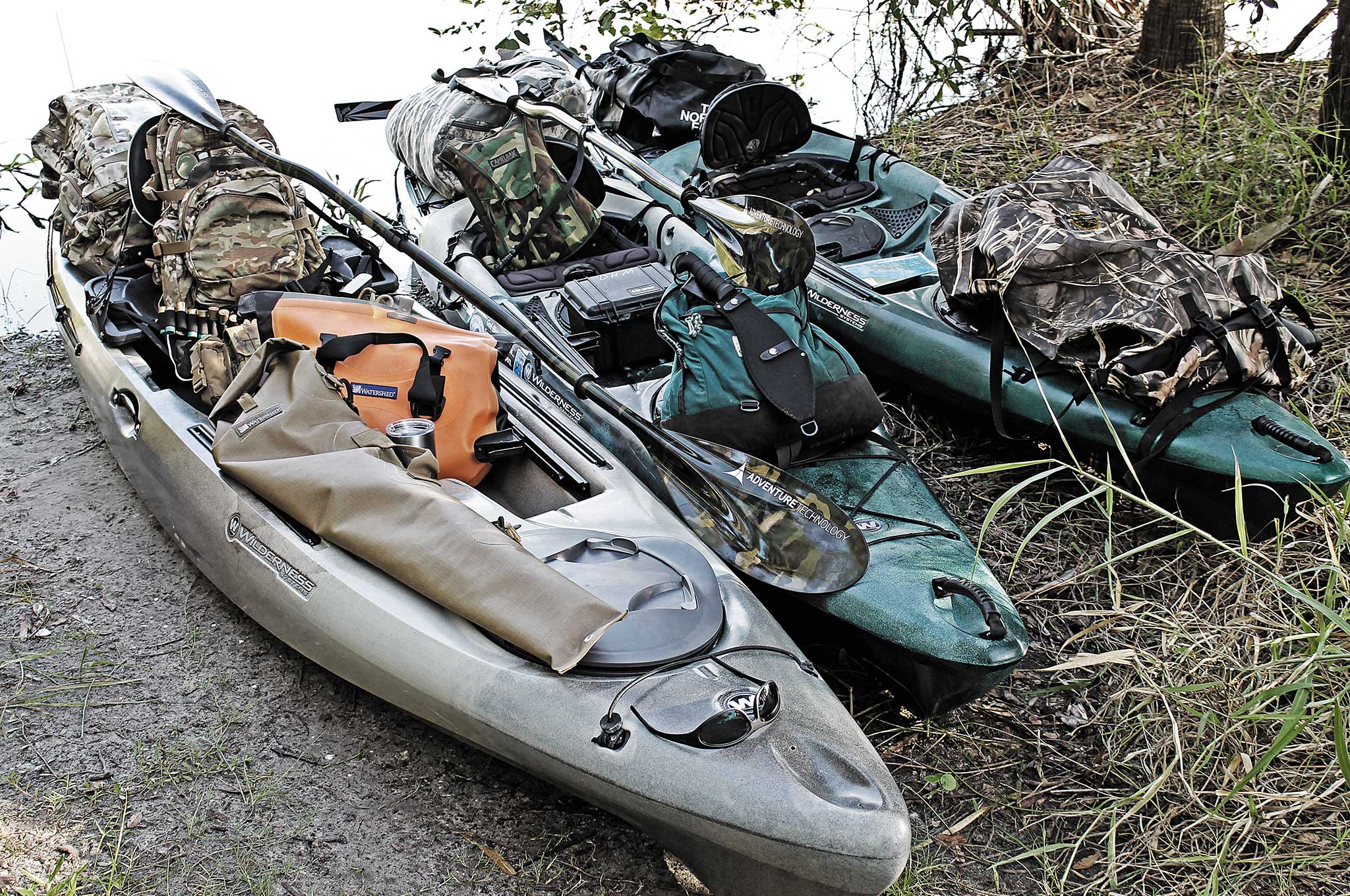
With the hatches latched closed, the sit-on-top enclosed deck adds seaworthiness to the boat during rough waters and storms. These kayaks are self-bailing when punching through storms or waves because rain and water drains through built-in scuppers, a feature sit-inside boats lack in open waters.
Regarding carrying capacity, one 16-foot kayak classic, quiet hull Wilderness Systems Tarpon 160 we evaluated is rated for 375 pounds of load-out including the paddler. The stout Confluence Ride 13.5 model was rated for 550 pounds of capacity including paddler.
Pack Mules on Water
To see if the BOY concept would work for wives and kids, we recently gave a petite female friend some conditional paddling instructions and sent her on her way. She carried 100 pounds of gear balanced on her kayak for a few miles without undue strain. Trading her hiking staff for a double-bladed paddle, she was able to conserve her energy over several hours by resting and drifting between paddle strokes. Trying to carry that same load in a backpack on land would have crushed her within 100 paces. Yet, in her ‘yak she still had strong legs at the end of the day.
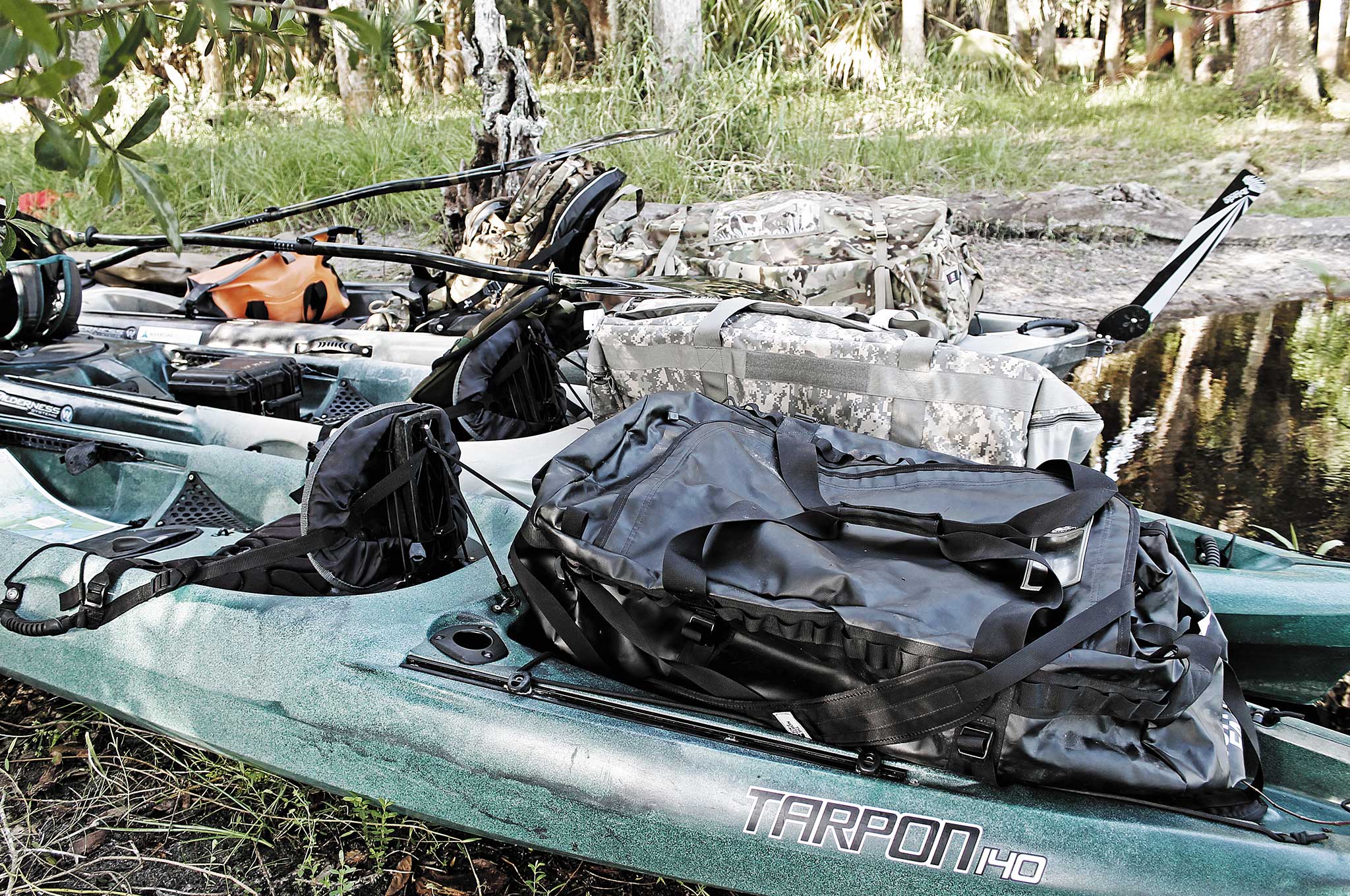
You can fit a surprising amount of gear on a kayak.
To paddle efficiently, one can trim one's ‘yak by adjusting the load fore and aft. The BOY offers recreational fitness paddling for your family and team members, but only if you load it properly. Build endurance and trust during trial runs near your home. Gauge your pace and shake down your gear along the way, putting into practice the theory of navigational chart and compass. Plot those courses on your handheld GPS unit, adding miles to your daily paddles at a walking pace.
Squared-away BOY watermen learn basic paddle strokes necessary to move the boat efficiently and without wasted motion. Work on the forward, reverse, and sweep strokes, as well as simple bracing or sculling moves. Practice draw strokes and rudder strokes to help build your confidence with a fully loaded kayak in open waters, tidal flows, and river currents. Find a coach and practice rescues. You may be the one called upon to go after an overboard team member, or to evacuate a child, relative, or pet using the kayak as a waterborne stretcher.
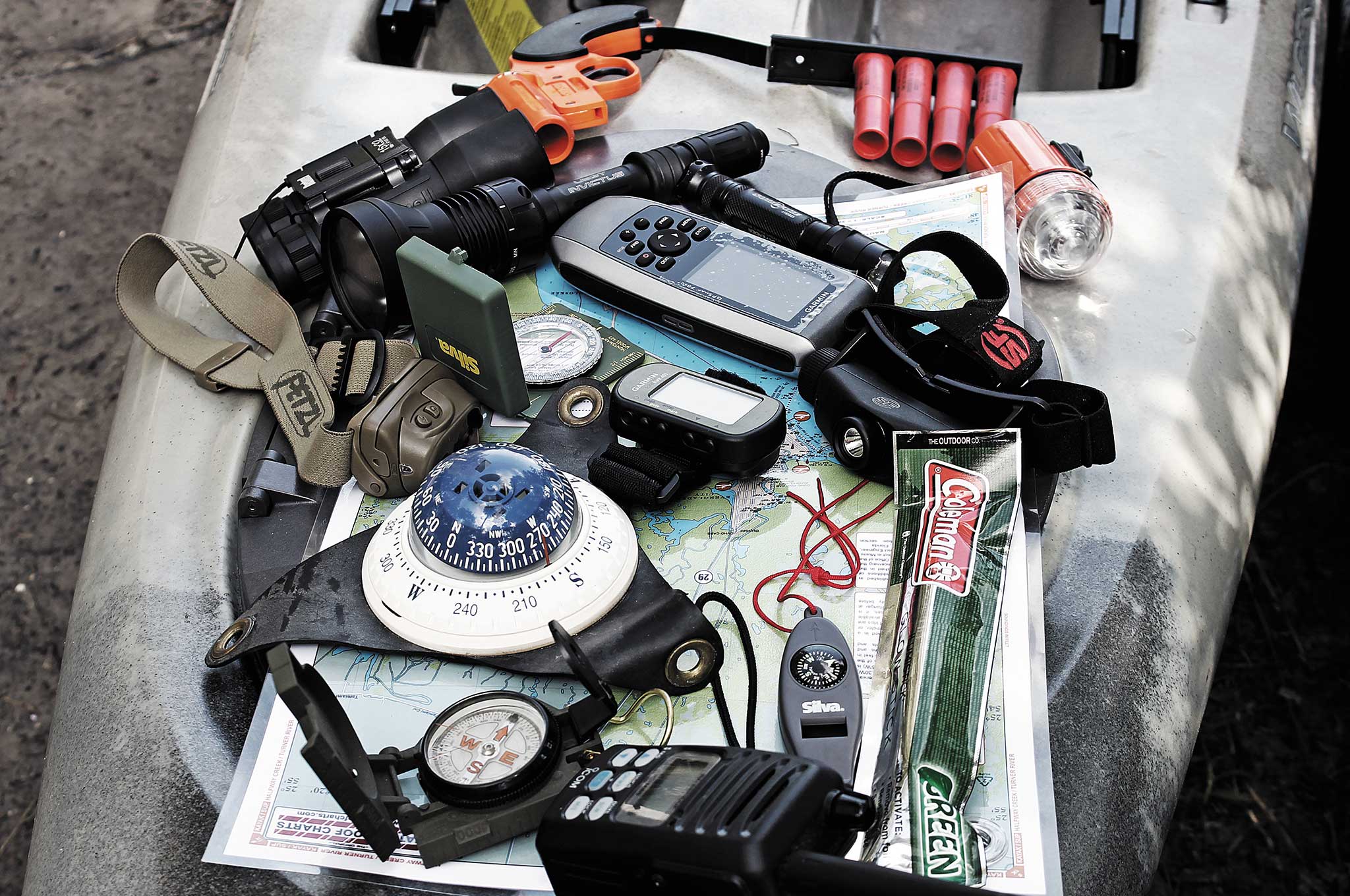
Below: For a waterborne escape plan, you'll need to do research and practice long before any impending...
Alternative Escape Route
In the United States, flooding remains one of the leading causes of weather-related deaths. Surviving extreme urban flooding may depend on your temporary access to kayaks pre-staged at home or on your vehicle with your family load out, combined with a specialized knowledge and practiced skillset to recognize the need to escape structures and navigate only those routes when safe to do so.
But even if it's not floodwaters contaminated with fuel, sewage, and debris, a disaster can still drive widespread chaos. With a population dependent upon prescribed paths, waves of panicked people following their on-grid mentality will guarantee gridlock on streets and highways. As order rapidly breaks down, roving predator packs will recognize these chokepoints as ambush points to attack the immobile stragglers. Add blackouts, rioting and looting, fuel shortages, and communication breakdowns, and all bets are off.
In hard times, disconnecting from the grid may require reconnecting with the water. A kayak can provide a way out of danger when your car or even your bug-out truck can't. However, the safest distance between two points is not always the straightest.
Revisit your bug-out route, focusing on the blue lines that radiate outward toward your safe zones. Like the third plane on a three-dimensional chessboard, there exists within our innermost cityscapes a serpentine labyrinth of water. Search for those little feeder creeks, bayous, sloughs, tributaries, and natural or man-altered drainage channels. Identity the intersections of roads and rivers near your home, business, or remote safety site. These are your BOY's on- and off-ramps. Once your home waters are mapped, plotted, and explored, your kayak becomes a rogue chess piece free from the confining black-and-white grid of asphalt and concrete.
Ninja Mode of Transport
Post-hurricane hostilities might require you to temporarily abandon your home or vehicle to adopt a defensive posture. A BOY provides an effective means of escape and evasion. After all, a ‘yak leaves no tracks, gives off zero emissions, and is a tad quieter than a Hummer.
And unlike trekking on foot ('cause you're certainly not driving to safety), this type of boat allows you to pass through urban waterways with the ability to both quickly access and conceal any manner of long-gun, considered the ultimate tool for repelling plastic-boat pirates. Tandem paddle teams can place a scout bow-gunner or tail-gunner outside your pack of paddlers, presenting a low-profile lethal combo.
But to stay discreet on the water, you'll have to train. Practice hand signals with your family and friends. Do not give away your silent advantage by excessively talking because sound carries over water. If your party must rest, look for those side feeder creeks that offer a detour off the main water body, bay, lake, or river system.
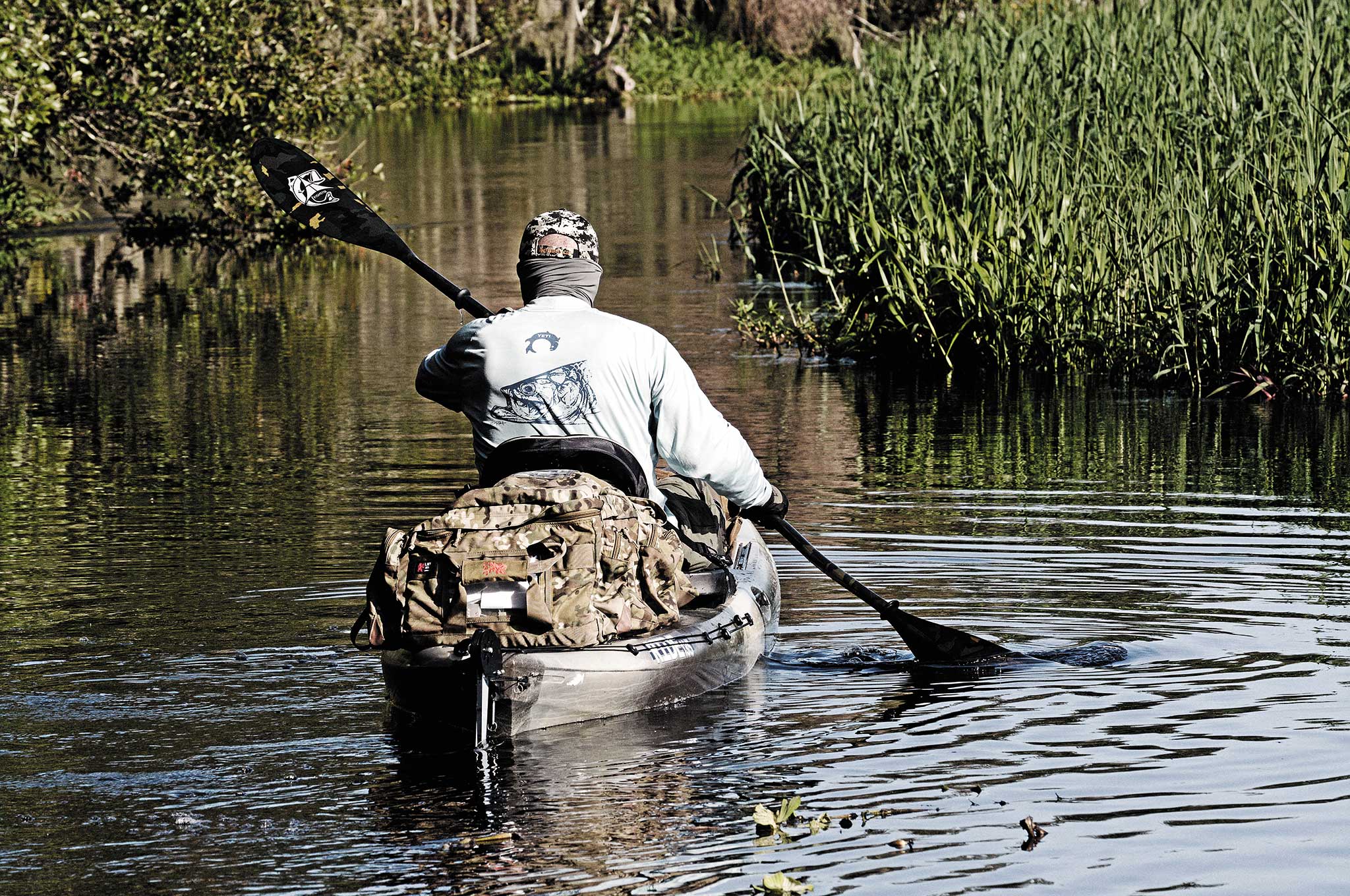
Unlike a large RV or SUV, kayaks are effective at escape and evasion. They're relatively quiet, leave no tracks,...
Of utmost importance is your paddle selection. Do not scrimp or allow this to become an afterthought. Cry once. Reach for the advanced composite paddles, such as the Adventure Technology Fishstix with adjustable length and angle, and woodland camo pattern. This paddle combines a bent shaft to reduce wrist strain and a feathery buoyant blade with serious bite. Let it become a part of you.
Once you've escaped the initial flooding or the resultant urban chaos, you can then take a stand on the high ground, hunker down until conditions improve, move to your next strongpoint, or return home. Like some of the best survival equipment, bug-out ‘yaks come with this simple instruction: Just add water.
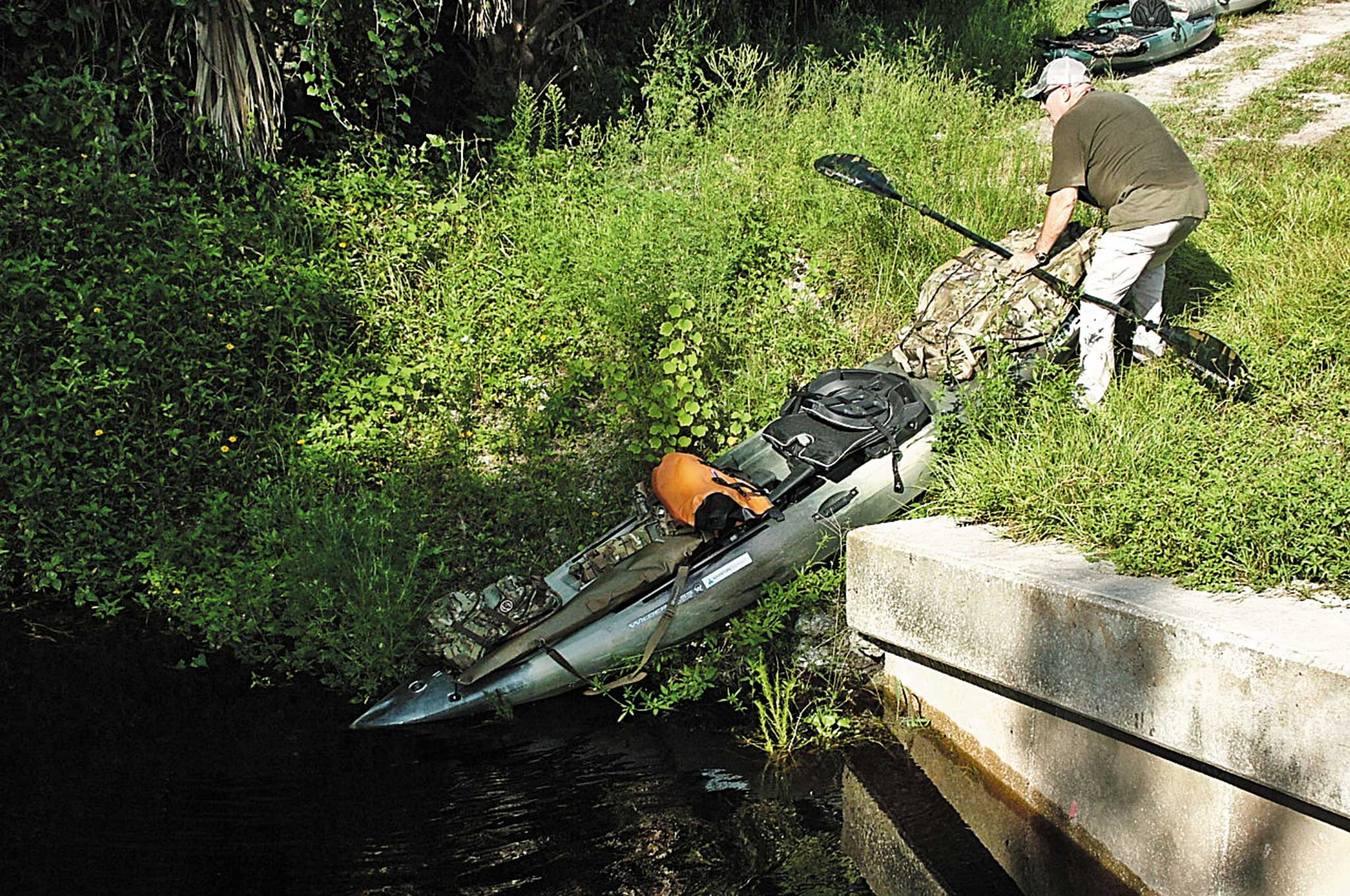
A Brief History of Kayak Action
– “Kayak” comes from the Inuit word “qayak,” a 2,000-year-old term for “hunter's boat.” These early kayaks consisted of natural skins stretched over wood and bone frames.
– The World War II “canoe commandoes” of the British Royal Marines were immortalized in the 1955 British movie The Cockleshell Heroes, which is a fictionalization of their heroic raid on German ships in Nazi-occupied France.
– You'll find a faded black-and-white photo of two kayakers at the U.S. Navy UDT-SEAL Museum in Fort Pierce, Florida, serving as a reminder that not all surveillance missions take place in inflatable rafts.
– Medal of Honor recipient Thomas R. Norris is responsible for one of the most famous paddle missions ever while serving as a SEAL in Vietnam. When American airmen were downed over hostile territory, Norris and his South Vietnamese counterpart were able to rescue two pilots behind enemy lines on two separate nights by disguising themselves as local fishermen and paddling a sampan.
– Today, modern troops train using kayaks like the German Klepper faltboote (folding boat), which are formed by tautly fitting tough, coated fabric over wood and composite frames that are capable of deploying from a backpack. These kayaks feature airtight sponsons to remain afloat and below radar with low acoustic and thermal signatures. Even in the age of drone strikes, today's elite warriors still employ paddle strokes to conduct surveillance.
Waterproof Rigging
Saltwater destroys. It's ridiculously corrosive to steel and strips away at pretty much anything it touches. Even freshwater may be contaminated. So you have to waterproof your gear if you've chosen a bug-out kayak as your means of evacuation.
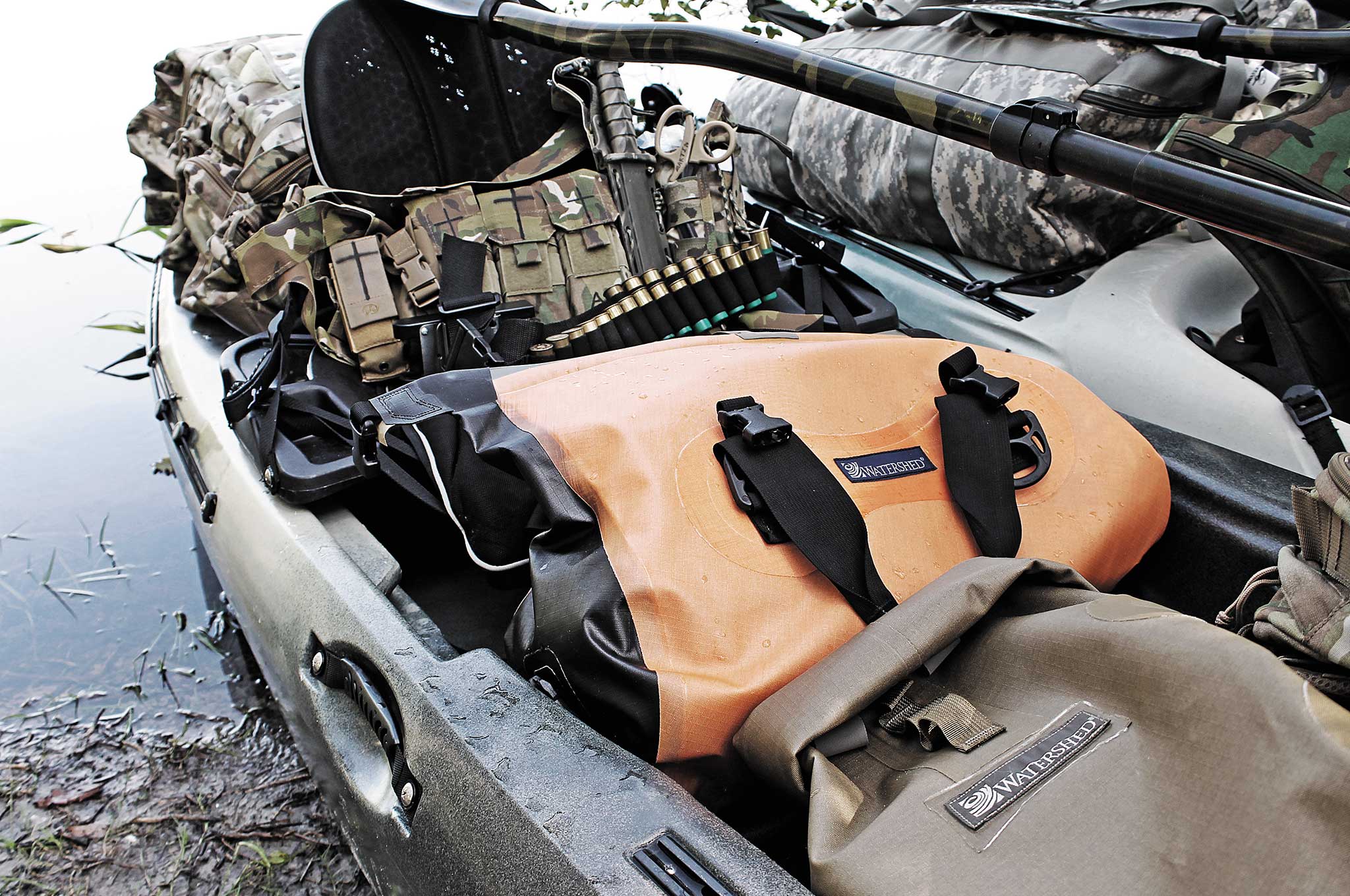
The key to waterproof rigging is breaking down your load by group and individually encasing essential components, then compartmentalizing each group in cases like a small Pelican hard case. For an amazingly watertight barrier and a silent-running approach, nothing surpasses the versatility of the line of Watershed Bags by Drybags. To handily secure that 12-gauge shotgun on deck and out of sight, go with the Watershed “Torpedo” case. Trim the boat for silent running with three or more duffels, backpacks, maritime survival bags, or the complete SOF backpacks (standard issue for U.S. Navy SEALs).
Encase heavily lubricated firearms separately from ammo. Outfit vulnerable electrical and optical pieces, illumination tools, cameras, batteries, power sources, and communications gear. Bag sub-groups, including licenses, documents, tools, and medical kit and prescriptions. Strap securely to the deck or stow below, but never trust even gasketed hatches to provide a watertight seal.
You've Bugged Out… Now What?
Sea kayakers can cover marathon distances in hours under flat-water conditions. When paddling a fully loaded bug-out ‘yak (BOY), avoid strain, injuries, and detection by maintaining a steady but quiet stroke, gliding at a walking pace, paddling a few miles per hour until you reach your first waypoint en route to base camp.
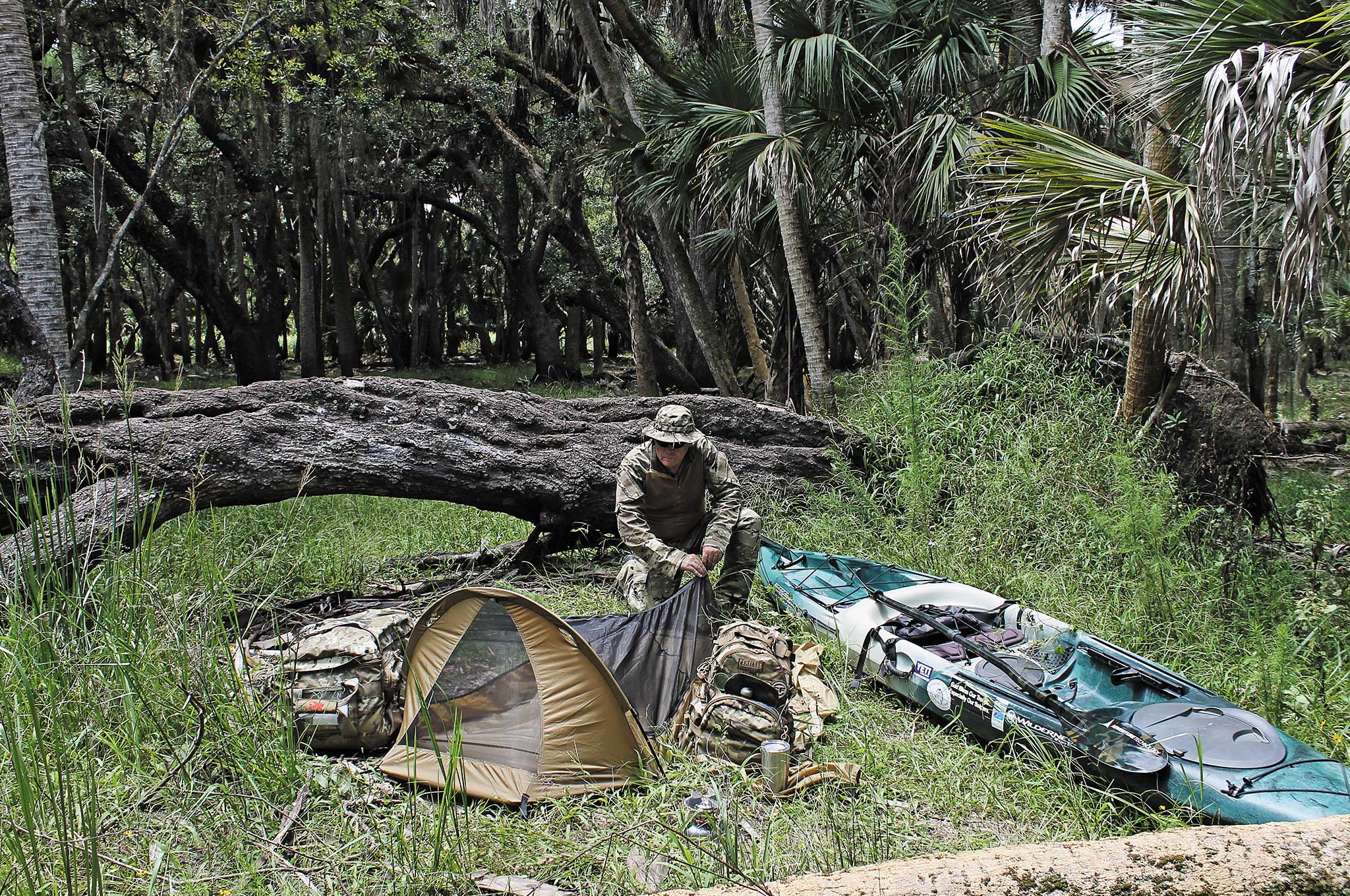
Ideally, you should try to reach high ground carrying a military-quality solo tent and rain fly like the Raider by Catoma. Weighing less than 2 pounds, these wonders are pure shelter, especially when combined with a lightweight sleeping bag like the Elite Survival Systems Recon II. At a minimum, the orange miniature space blanket sleeping bag and glow-worm SOL tent will work, even if highly visible.
To lay low during day or night, pull the kayak completely clear of the waters and bring it right into camp, anchor, paddle and all, so it will be there in the morning (or night) if flood waters and pirates follow you. Erase your trace, smoothing any ‘yak drag marks in the dirt or mud that points the way to your camp. This is more secure than blowing the hatches and flotation to weigh and tie down your boat, completely submerging your kayak at the water's edge, and a lot less trouble.
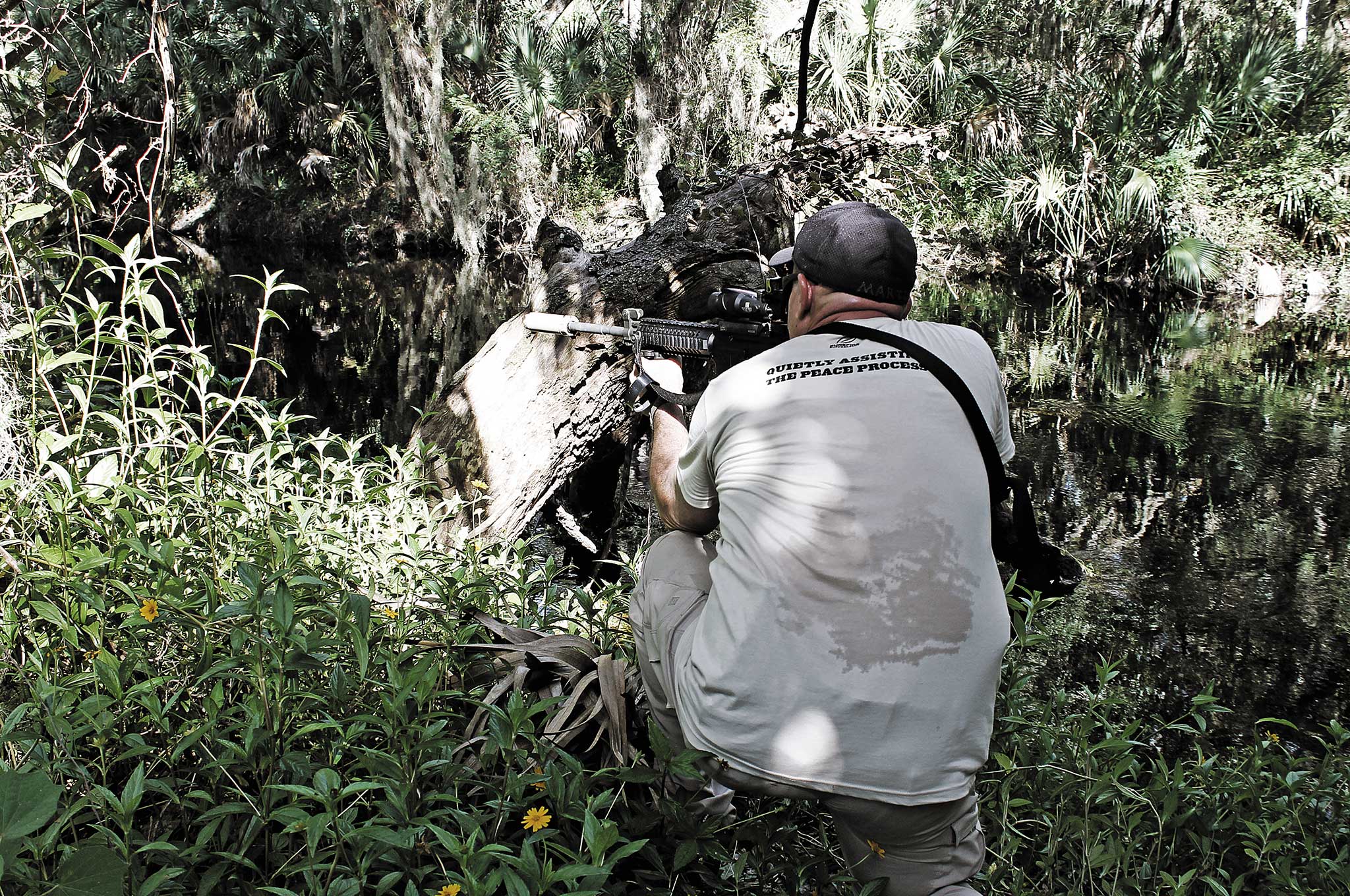
For temporary or late night rests during still-water stages, the BOYs are stable enough to be lashed together and cross decked with paddles, enabling small teams to stretch out at anchor for temporary shuteye. For overnight stays in standing water, two kayaks lashed side by side and cross-decked with scavenged planking make it possible with practice to erect self-supporting solo or two-man tents with rain fly.
When the all clear comes through your VHF, the “approach with caution rule” applies while paddling back to urban areas. Be prepared to portage your boat with the two-wheeled dolly you stashed at your launch point. Return super early during non-curfew hours, moving smoothly, swiftly, and decisively with photo I.D., a strong flashlight, concealed pistol, and paddle to re-stake your claim to your home…or to ‘yak back to safety.
Bug-Out ‘Yak Gear Checklist
Having the right kit in a time of crisis can mean the difference between survival and starvation (or worse yet, a victimization by violent raiders). On a watercraft, having the right gear becomes even more important. Our author lists numerous options for what to pack in a bug-out kayak as a means to both inspire and inform those of you who are eyeing an aquatic evacuation plan.
– Aquatic Gear: 4mm Blue Line, folding sail, V-mast, 12-gauge flare pistol, handheld flares, nautical charts, scale, solar calculator, anchor, lines, throwable buoy, plus sea anchor, double-bladed two-piece paddle on leash, spare paddle, snorkel, mask, fins, pole spear, and Hawaiian Sling
– Illumination: SureFire Maximus headlight, Petzl IR strobe, chem lights
– Navigation: Garmin Foretrex 401 GPS and spare Garmin 78sc, batteries, Ritchie Compass and spare
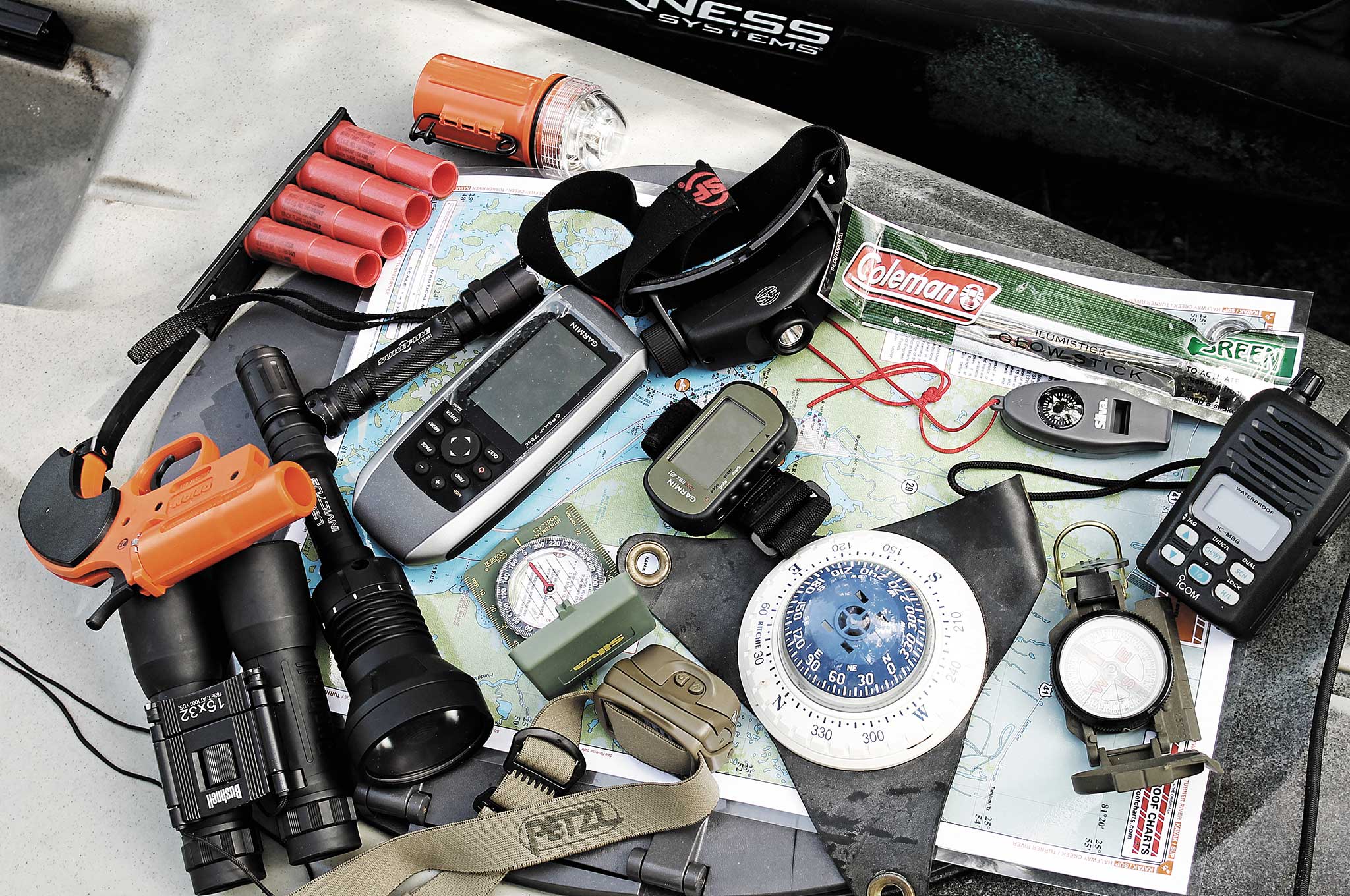
– Communications: Horizon VHF handheld, GPS-enabled radio, emergency locator beacon, Spot phone
– Safety Gear: Flotation vest and whistle with Benchmade safety hook strap cutter
– Eye Protection: Polarized Wiley X sunglasses, Full Rx Wiley X Goggles
– Storage: CamelBak Linchpin hydration pack, YETI Roadie Cooler for medicine
– Tactical Gear: FirstSpear chest rig (with suppressor, MUT, SS KABAR, Dark Angel Kit, waterproofed, Medical Kit Below, medicine, stamps, documents, etc.)
– Clothing: Full MultiCam outer wear, boonie, two-piece storm suit and weather protective clothing, hat, gloves, face cover
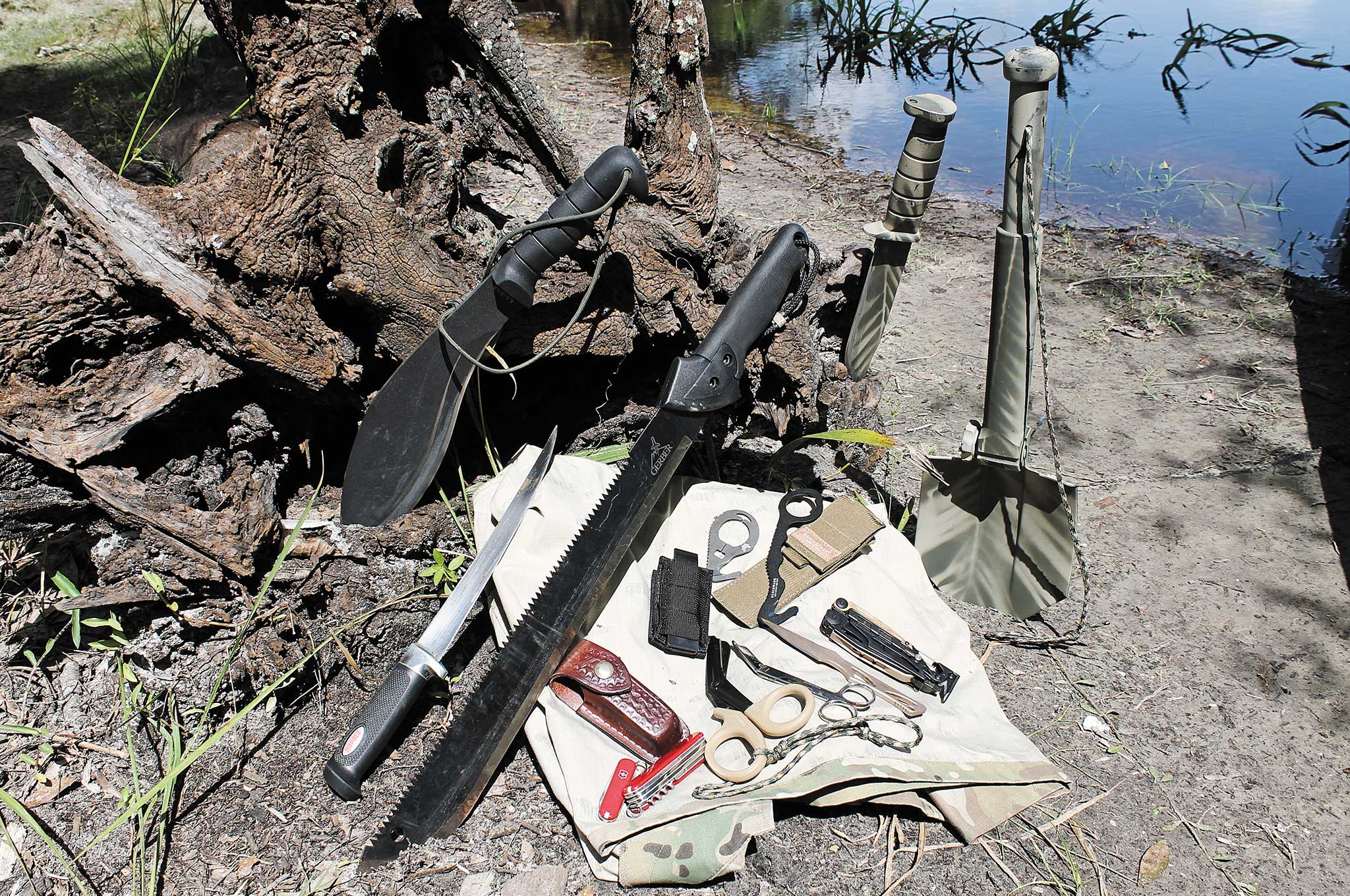
– Footwear: Danner USMC boots, Altama Jungle Boots
– Weapons Gear: Spare magazines, cleaning kit, weapon-light batteries, ammo, Elite Bandolier, bow, arrows
– Shotgun: Remington 870 Marine Magnum, Stoeger 12-gauge Coach, Snake Charmer
– Rifle: Colt AR-15, Ruger 10/22 SS takedown, .177-cal. air rifle
– Pistols: SIG SAUER P556 SWAT Pistol, SIG SAUER P226 Navy 9mm, Glock 19

– Electronics: Mobile phone, camera, crank charger, solar panel
– Fishing & Gathering: Cuban yo-yo, light trolling rods, tackle, cast net, bait seine, spool line, hooks, sinkers
– Cooking: Coleman Peak stove, grill, skewer
– Toiletries: laundry soap, hand soap, ChapStick, cleaning solution, eye drops
– Camping Gear: Tent, rain fly, ground cloth, bug spray, repellent, bug suit, hanging head net, gloves

– Tools: Binoculars, Zeiss Monocular, Casio G-Shock watch, Stainless steel sternum Spartan Blades knife, Glock folding shovel, machete, KABAR
Kukri, Swiss Army Knife, pliers, filet knife, snares, fire-starter sticks, fuel, signal mirror
– Water Management: Katadyn Vario Water filter, stainless cup, canteen
– Admin: Cash, weather writing pads, pens
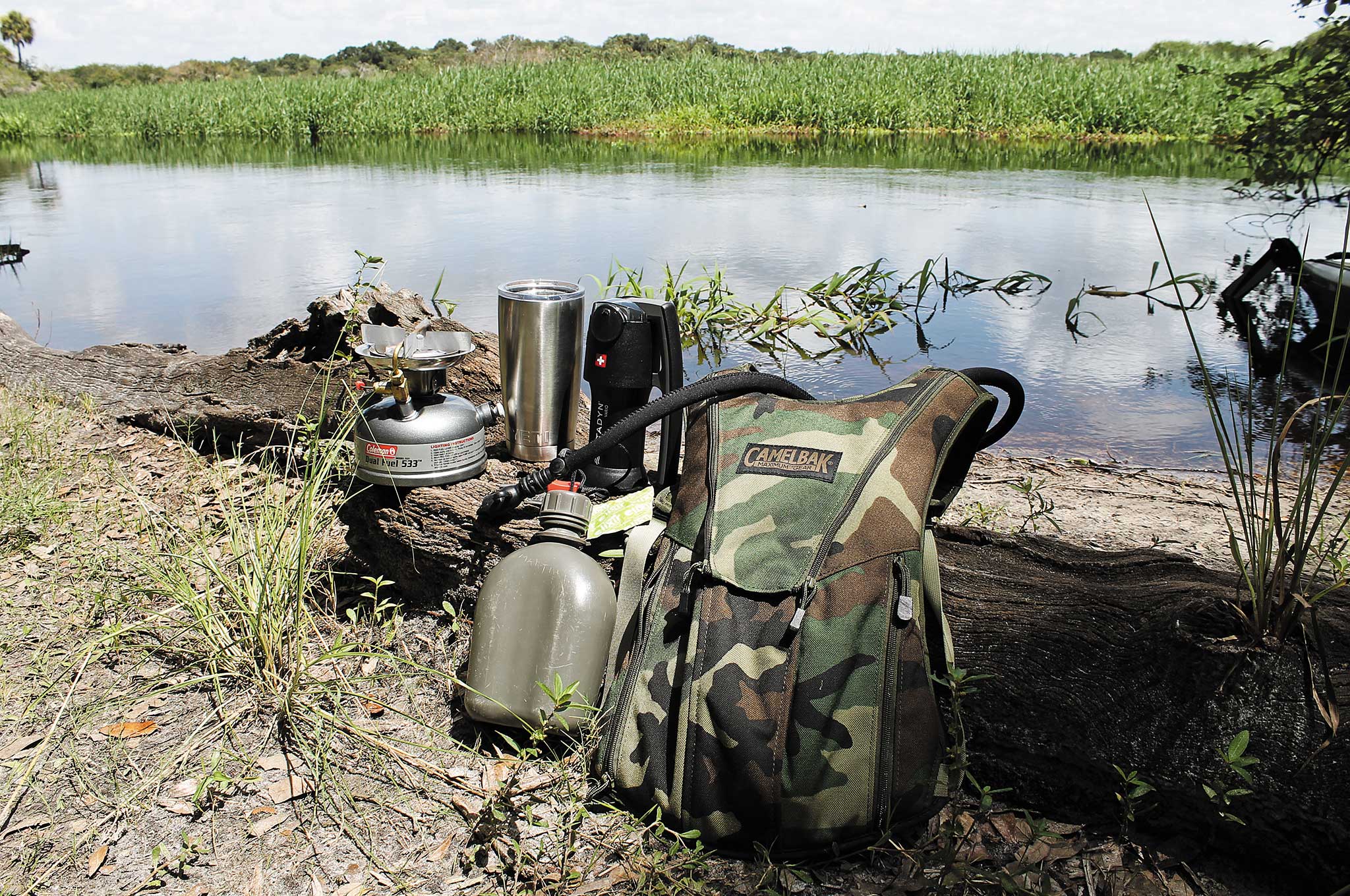
– Repair: Steel cable, plastic tubing (kayak repairs/spares)
– Personal Items: Flask, Siesta Key Honey Spiced Rum, Zippo, cigars
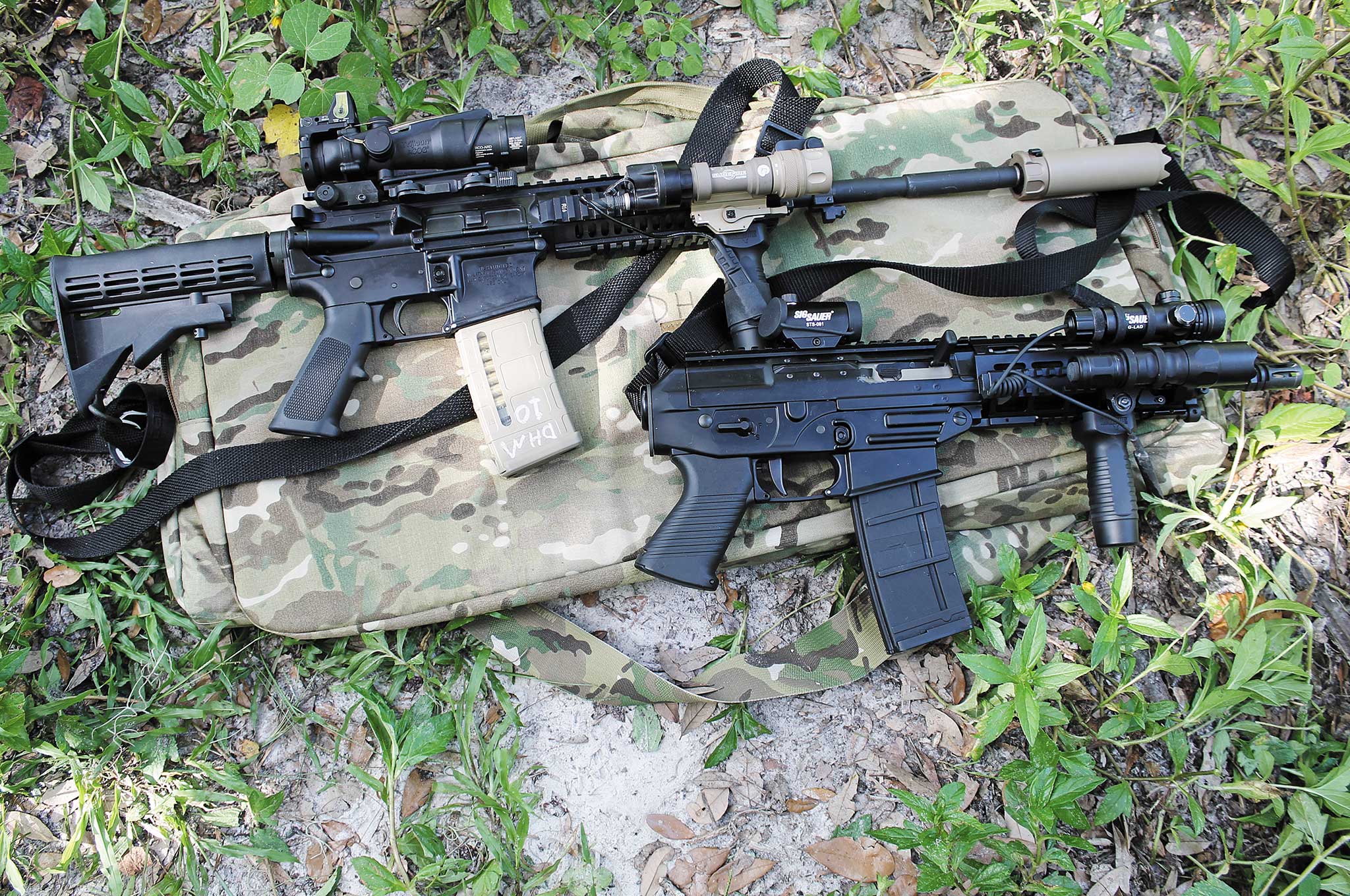
About The Author:
Bayou-born and hurricane-raised on the Texas Gulf, David H. Martin operates both Yippee Kayak Fishing (conservation-based angling instruction) and Myakka Kayaka (guided paddle tours) in Southwest Florida. He's also a NRA-certified firearms instructor and chief range safety officer, specializing in advanced defensive pistol, shotgun, and rifle. For more information, go to www.yippeekayakfishing.com.


